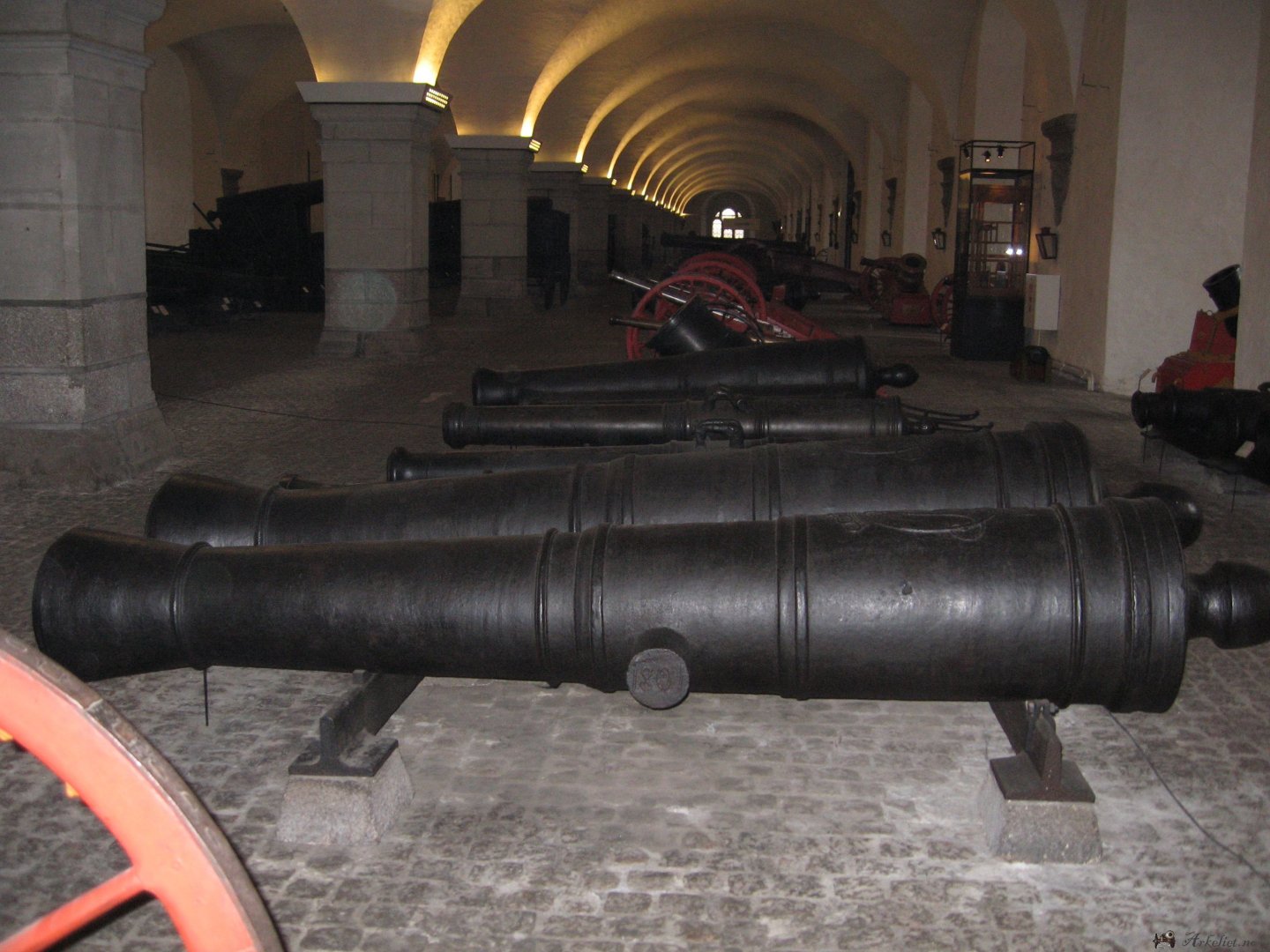-
Posts
421 -
Joined
-
Last visited
Content Type
Profiles
Forums
Gallery
Events
Everything posted by Beckmann
-
Hi Thorbjørn, This is a phantastic and very impressive collection. Well done. Matthias
-
Hi Thorbjørn, that looks so nice!! That would make a lovely cannon model. Are you planning to print it? Where these cannon barrels from iron or bronce? Matthias
-
Hi everybody, There are propably experts in the museum who know the answer to this don't you think? Or one could ask Trond Johannessen, who runs the arkaliet homepage. He is an expert on the old gun - catalogues and might know something. Matthias
-
Dear fellow modelshipbuilder, Today I would like to show you some progress I have made on the roof area above the quarter gallery, which I have now completed on the starboard side at least. The basic shape of the roof naturally follows the curve of the side gallery and is finished at the top with a curved decorative strip, which resembles the upper edge of the transom in its design. An eaves cornice is arranged at the transition to the gallery front. The roof surface itself is covered with a sculpturally designed bas-relief depicting a collection of victory trophies. Here is a detailed photo of the wax model in the Krigsmuseet in Copenhagen. Similar trophy collections can be found on the facades of European palaces, and in the field of shipbuilding, a trophy relief by the Swedish sculptor Johann Törnström has been preserved in Stockholm. For my model, I first roughly carved the basic shape out of a piece of boxwood and adapted it to the model. The drawing was then transferred to the surface, which then had to be carved out. I followed the model rather than the drawing. Both show a Roman muscle armor in the middle with an oval shield placed next to it, but the weapons and equipment protruding behind them differ. As I said, I followed the model. On the left is a bundle of tent poles tied together with a bow underneath, on the right a cavalry helmet with a plume, a small barrel of provisions with a blanket over it, a flag, and various weapons such as swords, daggers, lances, spears, etc. protruding from above. As in the model, I then painted the background, which is part of the actual roof surface, black, which was almost more difficult than carving the reliefs. Then all that remained was to install the element on the model and frame it with the finishing strips described above. All in all, it took a good week of work (one hour every evening). Best regards, Matthias
-
Hi Arthur, I looked up my photo archive, here are some more photos of the fregat Wildmanden. Matthias
- 41 replies
-
- Wildmanden
- Turesen
-
(and 1 more)
Tagged with:
-
Hi Thorbjørn, you did an increadible job, designing and painting this transom stern! The effort was really worth it. This will make a very nice model. I hope to see it in reality one day Matthias
- 111 replies
-
- Christiania
- Vanguard Models
-
(and 1 more)
Tagged with:
-
Hi Arthur, I recently posted some of my photos on our german homepage, where I am member of. https://www.arbeitskreis-historischer-schiffbau.de/mitglieder/ontour/schiffsmodelle-in-daenischen-museen/ Have a look at these and please tell me, if you have a more specific interest in certain models. The book danske orlogskibe is a 'must have'. There are two huge books, one with informations about the development of the danish navy and the important men behind this, and one with plans. These plans are available online as well. There exists a list of ship names and the plan-signatures, to find the right plans for specific ships. You need this list, otherwise you are get mad finding what you need. There are a few other publications, often written by a guy with name Ole Feldbaek. He has an immense knowledge about danish shipbuilding and navy. Matthias
-
Hello everyone, After installing the columns, I was able to finish the railing for the rear gallery. It still needs some touch-ups and the surface treatment is still missing, but otherwise it fits perfectly. The balustrade is tilted inward and backward here. No two columns are exactly alike, so if you look closely, you'll see a few inaccuracies, but overall they're not particularly noticeable. The design of the stern is clearly inspired by baroque palace architecture. The central section between the columns is referred to in the architecture of the building facade as the “balcony of appearance,” where the Sovereign or Duke appeared before the people. At that time, representing one's own position had a relevance that is hardly comprehensible to us today. Best regards, Matthias
-
The wreck of the Printz Friderich was discovered a few years ago near the island of Laesö. https://www.visitlaesoe.dk/turist/oplevelser/printz-friderichs It was lost on September 28, 1780. The Christiania was built in 1774. The ships must therefore have existed concurrently for several years. Probably not with a similar figurehead. Perhaps later? I don't know any more than that. I do know of a Swedish frigate, I believe it was the Minerva, that was lost and its figurehead was salvaged and reused on another ship. It's now in Karlskrona. http://undervandsgruppen.dk/printz-friderich/foto/ Here are photos of the model in Læsø. I don't know what happened to the figurehead. It used to be on the model. Matthias
- 111 replies
-
- Christiania
- Vanguard Models
-
(and 1 more)
Tagged with:
-
The drawing of the decorations of Prinz Friederich shows the figurehead quite clearly. It shows the same attributes like the wax model. The churchbuilding and the caliper. In my opinion, the wikipedia entry is wrong. I think, I took a photo from the annotations of the display case. I have to look that up. Matthias
- 111 replies
-
- Christiania
- Vanguard Models
-
(and 1 more)
Tagged with:
-
Hi Thorbjørn, you a doing a great job on the stern decoration!! Very impressive. I am very excited about your figurehead of Printz Friederich as well. This is such a beautiful sculptur. I saw it this summer at Copenhagen. I wrote about it in our german ship-modeling magazine. It was made by Christian Jabsen Møllerup in 1762. It is ment to be the personification of Europa in her function as guardian of the Christian faith and the sciences. The figurehead thus has nothing to do with the name of the ship, but rather with the self-image of the Danish royal house. The Maritime Museum in Helsingør possesses an extremely interesting colored drawing of the PRINTZ FRIDERICH in dry dock in 1762. It shows the moment when the figurehead is hoisted into place with tackles and attached to the ship's hull. Europa is depicted in yellowish tones, corresponding to the wax model and apparently representing the color scheme in use at the time. Along the stern, the bow, and the cabin lining, the ship's side is painted gray with gilded bands. On the side gallery and the transom, the ornaments on the balustrade and on the window mullions of the upper cabin are gilded and highlighted in red. The side gallery is not quite finished, as the gallery base is missing. The approved drawing shows that an ornamental net pattern is planned for this area The Maritime Museum on the Danish island of Læsø houses a fantastic 1:50 scale model of the PRINTZ FRIDERICH, built by Karl Malchert from Hamburg. Matthias
- 111 replies
-
- Christiania
- Vanguard Models
-
(and 1 more)
Tagged with:
-
To me this stern looks almost perfect. The painting job is superb. What did you do 25 years for miniature painting? Ship models as well? Matthias
- 111 replies
-
- Christiania
- Vanguard Models
-
(and 1 more)
Tagged with:
-
Thank you everybody for your kind words and likes, Today I would like to shar this invitation with you: 4th International Ship Model Building Days at the International Maritime Museum Hamburg on 10 and 11 October 2026 We are pleased to announce that the International Ship Model Building Days will be held again next year at the International Maritime Museum Hamburg (IMMH) on 10 and 11 October 2026. The event, which has become a fixture in the museum's calendar, will take place for the fourth time next year. The set-up day is Friday, 9 October 2026. The International Ship Model Building Days are an excellent opportunity for ship model builders of all disciplines to showcase their models and exchange ideas in the historic rooms of the IMMH in Kaispeicher B on Koreastraße, in the heart of Speicherstadt and Hafencity. At the last exhibition in September 2024, around 45 exhibitors from several European countries came together and displayed around 1,000 ship models. Models from all areas of ship model building were on display. The scale ranged from large remote-controlled models up to 3.5 metres in length to tiny works of art made of cardboard, which are only a few centimetres in size when built to a scale of 1:1250. Fantastic dioramas and presentations in a wide variety of scales were also on display. One focus was on 3D printing, which was presented by several exhibitors. This new technology is playing an increasingly important role in ship modelling alongside long-established methods. As in previous years, ship model builders from all over the world are invited to meet in Hamburg in October next year. This includes individuals who wish to participate, as well as model building clubs or associations that want to present their models together. Those wishing to participate should register with the IMMH at A.Reineward@imm-hamburg.de or directly with the exhibition's organising team at f.ilse@t-online.de. The registration should include which model building category – historical ships, cardboard, wood, plastic models or RC-controlled models – is to be displayed. Photos of some models are a good reference point. In addition, the approximate space required should be specified. Exhibitors who would like to give a presentation on specific aspects of ship modelling, their group or the historical aspects of their models are kindly requested to indicate this briefly in their registration form. There is no registration deadline, but please note that very late applications may not be considered as there is limited table space available for the exhibition. Once registration is complete, confirmation of participation will be sent. The organising team will then contact clubs and individuals directly to inform them about the exhibition preparations and keep them up to date. This applies in particular to all details concerning set-up and dismantling as well as the course of the exhibition itself. So if you would like to present your model ships in the extraordinary setting of the International Maritime Museum Hamburg, please get in touch. The IMMH and the organising team look forward to receiving lots of registrations. Matthias
-
Hello everybody, Small progress has been made; the columns supporting the transom arch, are now in place. Attached are a few pictures of the corinthian capitals being made and the finished columns on the model. The corinthian capitals are difficult; apart from the scale (they are 7x7 mm at the base), they are tilted outwards and forwards. I'm trying to manage without the 3D specialists and their milling machines for this model. Of course, they can do this kind of thing better, but somehow you want to try it yourself. Let's see if I can keep it up until I get to the figures... Here are my cardboard laser-cut strips for the gun port hinges. The parts were dabbed with Tamiya aging powder, color: soot. Best regards, Matthias
-
Dear fellow model builders, Today, just a quick update on the construction of the gun mounts, along with some more pictures of original naval guns that are now kept in Copenhagen. And finally, a look at preserved gun barrels with, if I interpret correctly, the monogram C6. Christan VI Was Kinc of Denmark when TRE KRONER was built. Perhaps they were once on board the TRE KRONER. Best regards Matthias
-
Dear fellow model builders, thank you for your kind words. I have recently been studying 18th-century Danish artillery, as I would like to include it in my stern model and possibly another section model of the TRE KRONER. As is well known, the sources here are quite good, as is generally the case with the Danish navy. There are several instruction manuals for cadets and the shipyard, where you can find contemporary drawings of gun barrels and carriages. As always, you just have to keep an eye on the chronological development. Of course, it is possible that my approach contains errors, as the carriages used specifically for the TRE KRONER are not explicitly named in the plans. First, here are a few illustrations from the mid-18th century. One significant difference from the English gun carriages is the arrangement of the aiming wedges, another is the color scheme. First, the gun carriage: There are different drawings in the archives showing an older and a newer design. I assume that the TRE KRONER already had the newer gun carriages and that the older ones belong more to the 17th century. I cannot prove this exactly, but the transition was probably a smooth one. Examples of both types have been preserved, which I find very helpful. The aiming wedge on the more modern gun carriages was apparently pushed under the end of the barrel from the side in the normal setting and rested on a kind of crossbar, as can be seen in the drawings and the illustration of the cannon. Apparently, the crossbar could also be removed for particularly high settings and the wedge could be placed directly underneath from behind. The first two images in this article illustrate this nicely. From the early 17th century until around the 1820s to 1830s, the colors were largely fixed: red iron oxide for the wood and yellow to light orange munium (a mixed lead oxide) to protect the wrought iron parts from rust. The gun barrels are also depicted in several publications. Here is a depiction of the 36-pounder gun barrel. The TRE KRONER had 36-pounders on the lower battery deck, 18-pounders on the upper battery deck, and 8-pounders on the quarterdeck and certainly also on the forecastle. A model-building colleague from Copenhagen (TJM), who has the necessary technology, kindly printed out the artillery for me and added the monogram of Christian VI. I drew the gun carriages accordingly and had them laser-cut from pear wood. In addition to the installation in the stern model, I plan to build a section of the battery deck showing the arrangement of the artillery. There is a model at the NMM in Greenwich that serves as my model here. Finally, here is a picture of the unpainted gun mounts with the gun barrels, still without fittings and wedges, which are next on the list. I painted the gun barrels black and finished them with Tamiya aging powder (soot color). Best regards, Matthias
About us
Modelshipworld - Advancing Ship Modeling through Research
SSL Secured
Your security is important for us so this Website is SSL-Secured
NRG Mailing Address
Nautical Research Guild
237 South Lincoln Street
Westmont IL, 60559-1917
Model Ship World ® and the MSW logo are Registered Trademarks, and belong to the Nautical Research Guild (United States Patent and Trademark Office: No. 6,929,264 & No. 6,929,274, registered Dec. 20, 2022)
Helpful Links
About the NRG
If you enjoy building ship models that are historically accurate as well as beautiful, then The Nautical Research Guild (NRG) is just right for you.
The Guild is a non-profit educational organization whose mission is to “Advance Ship Modeling Through Research”. We provide support to our members in their efforts to raise the quality of their model ships.
The Nautical Research Guild has published our world-renowned quarterly magazine, The Nautical Research Journal, since 1955. The pages of the Journal are full of articles by accomplished ship modelers who show you how they create those exquisite details on their models, and by maritime historians who show you the correct details to build. The Journal is available in both print and digital editions. Go to the NRG web site (www.thenrg.org) to download a complimentary digital copy of the Journal. The NRG also publishes plan sets, books and compilations of back issues of the Journal and the former Ships in Scale and Model Ship Builder magazines.

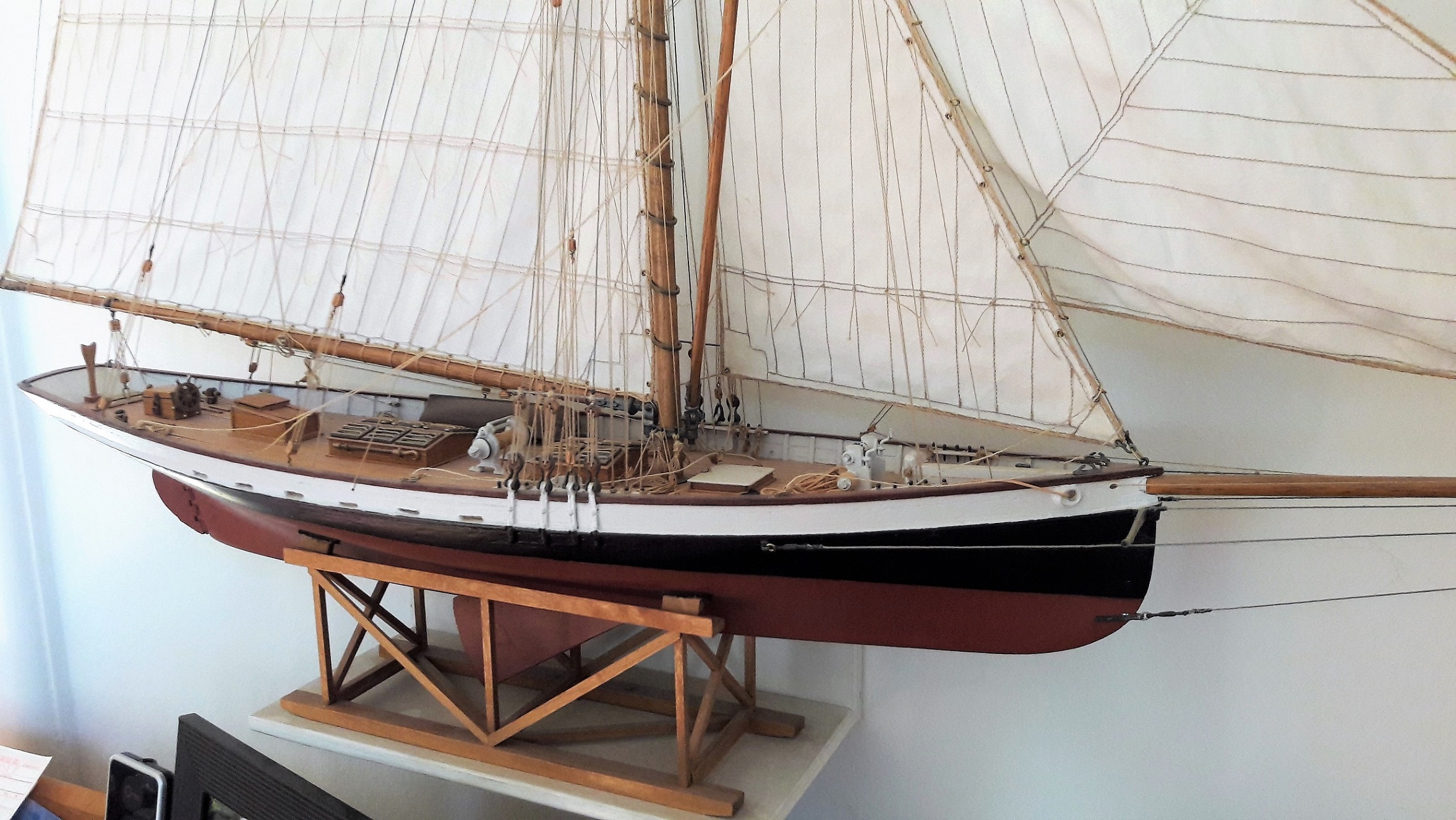
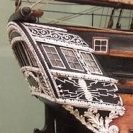



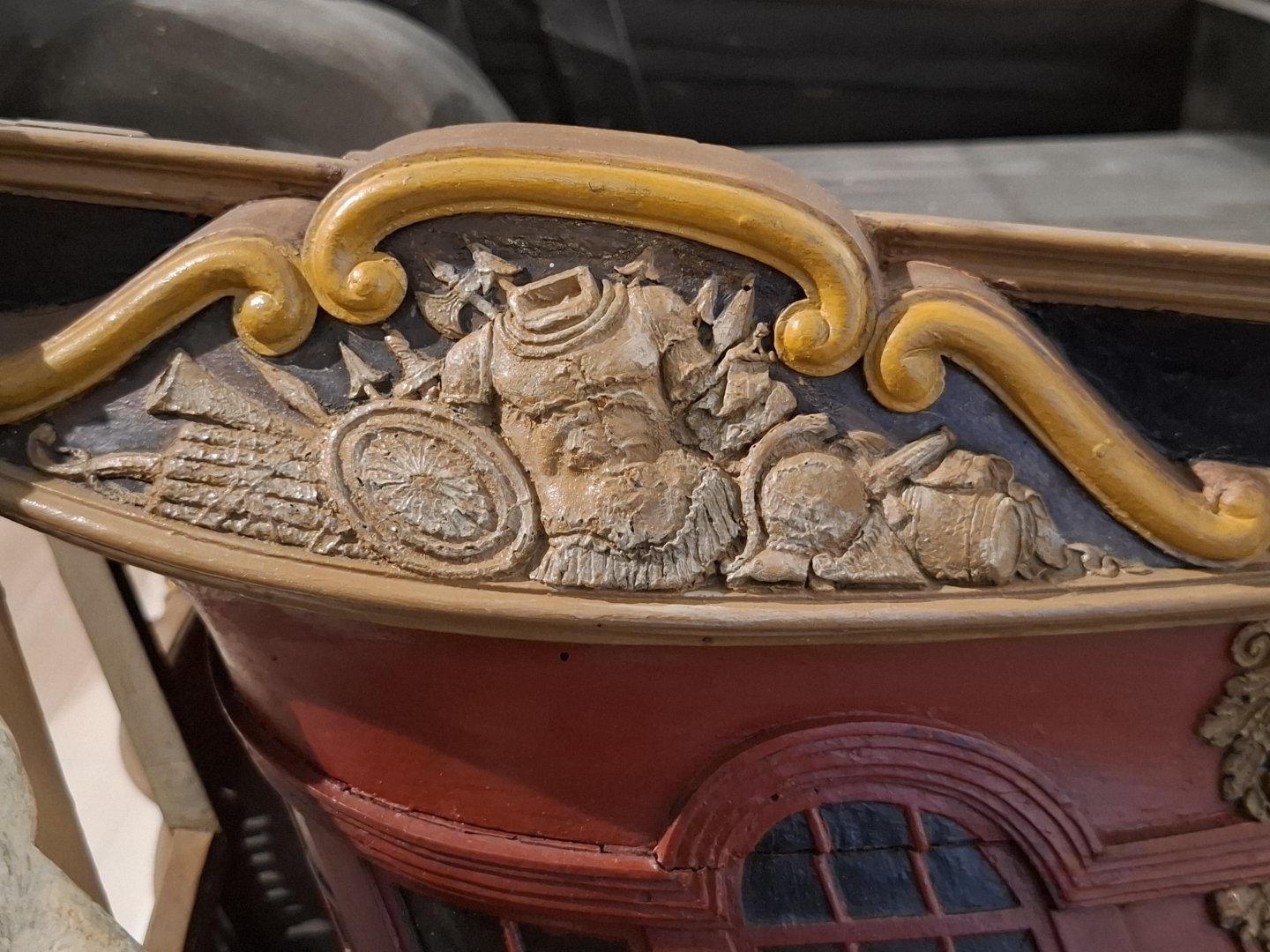
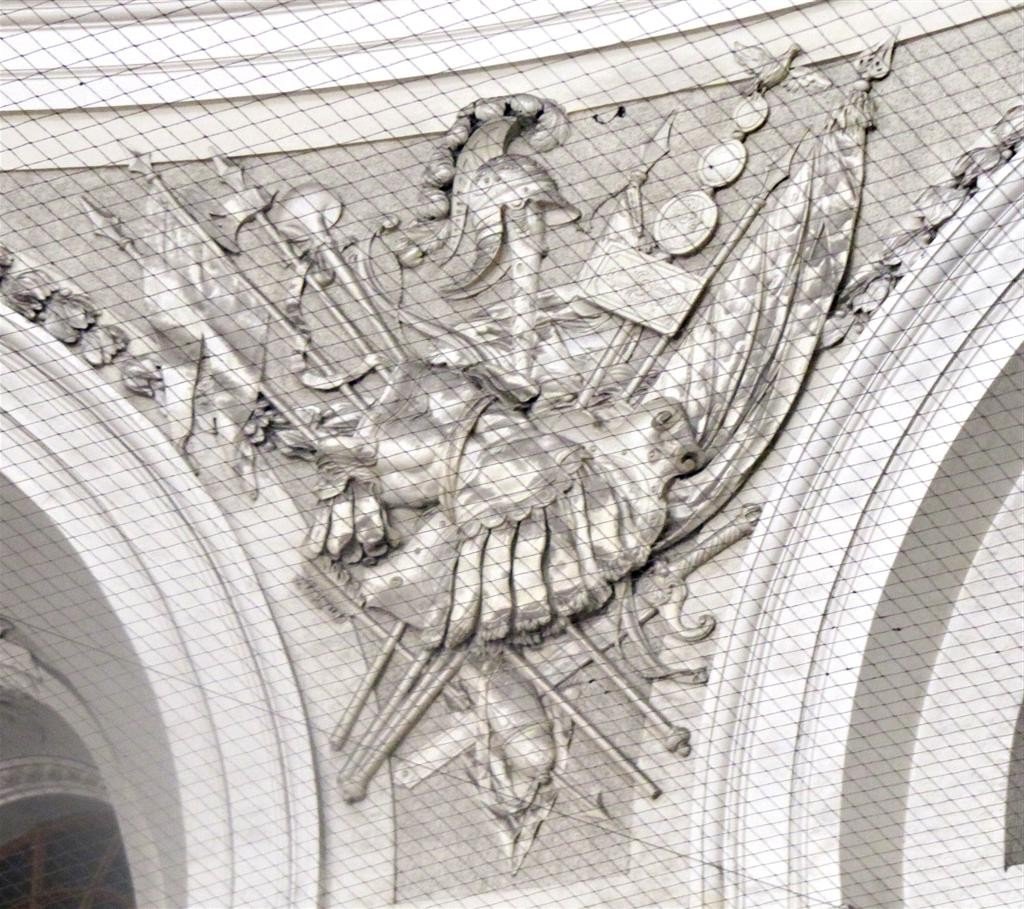
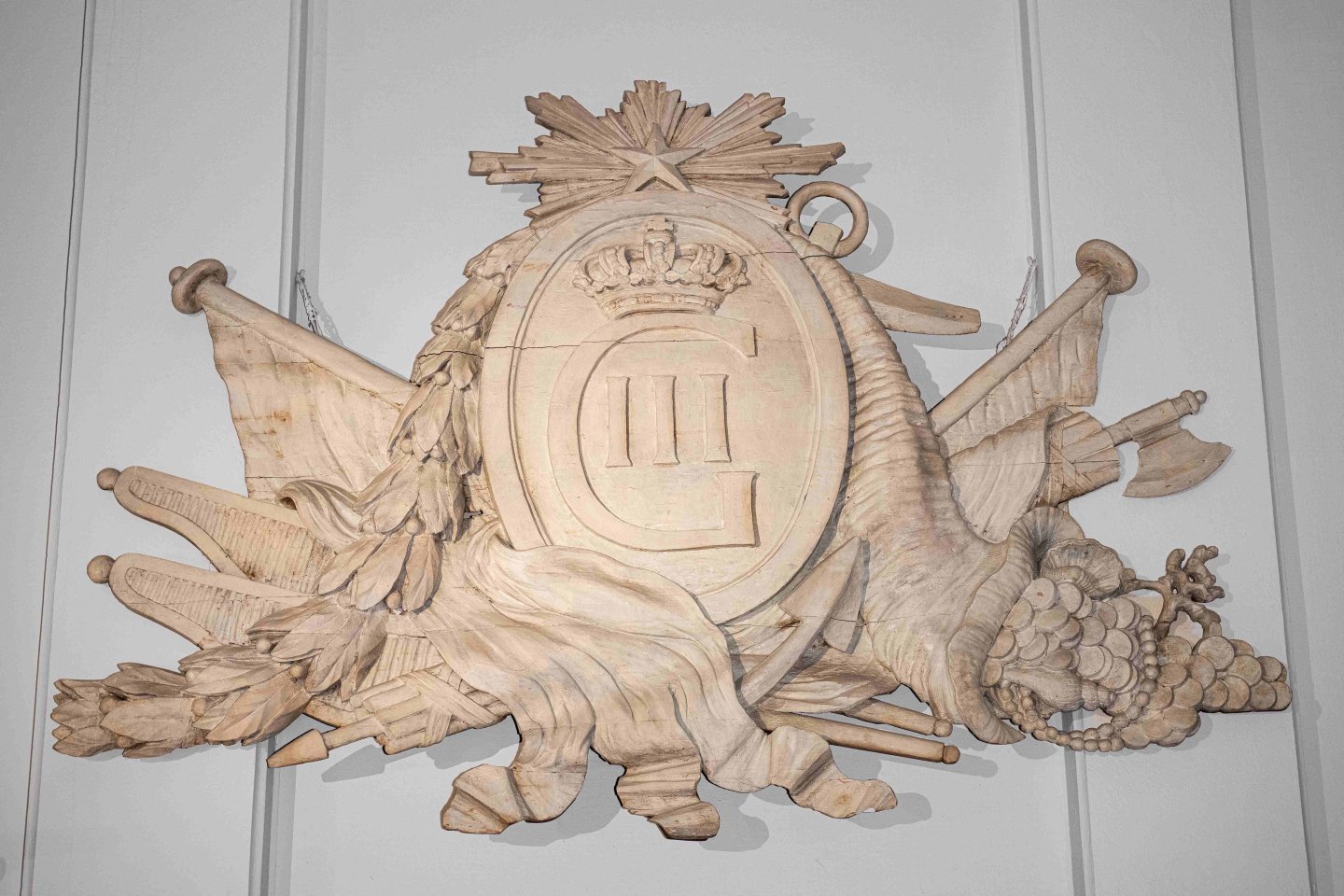


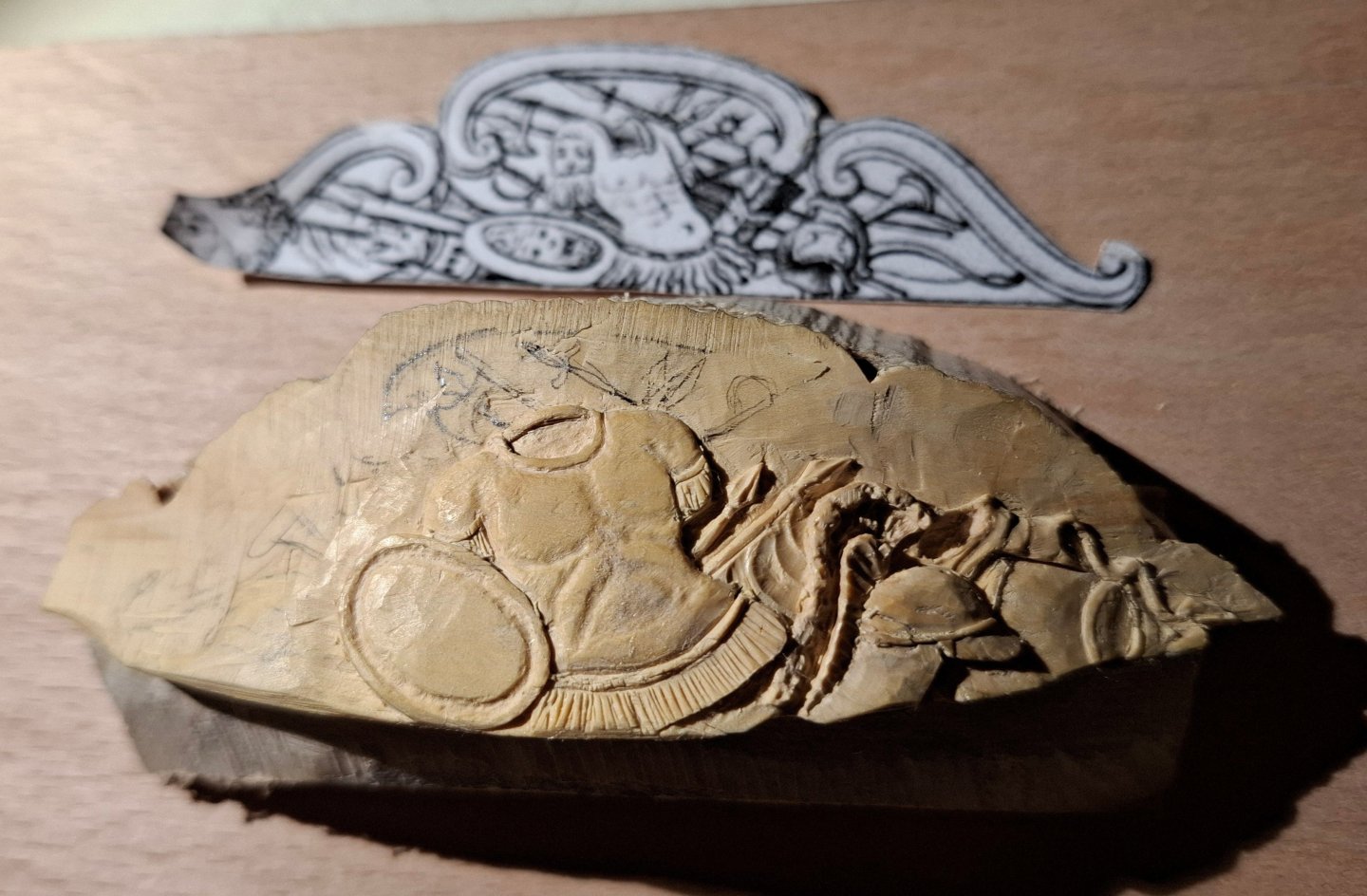
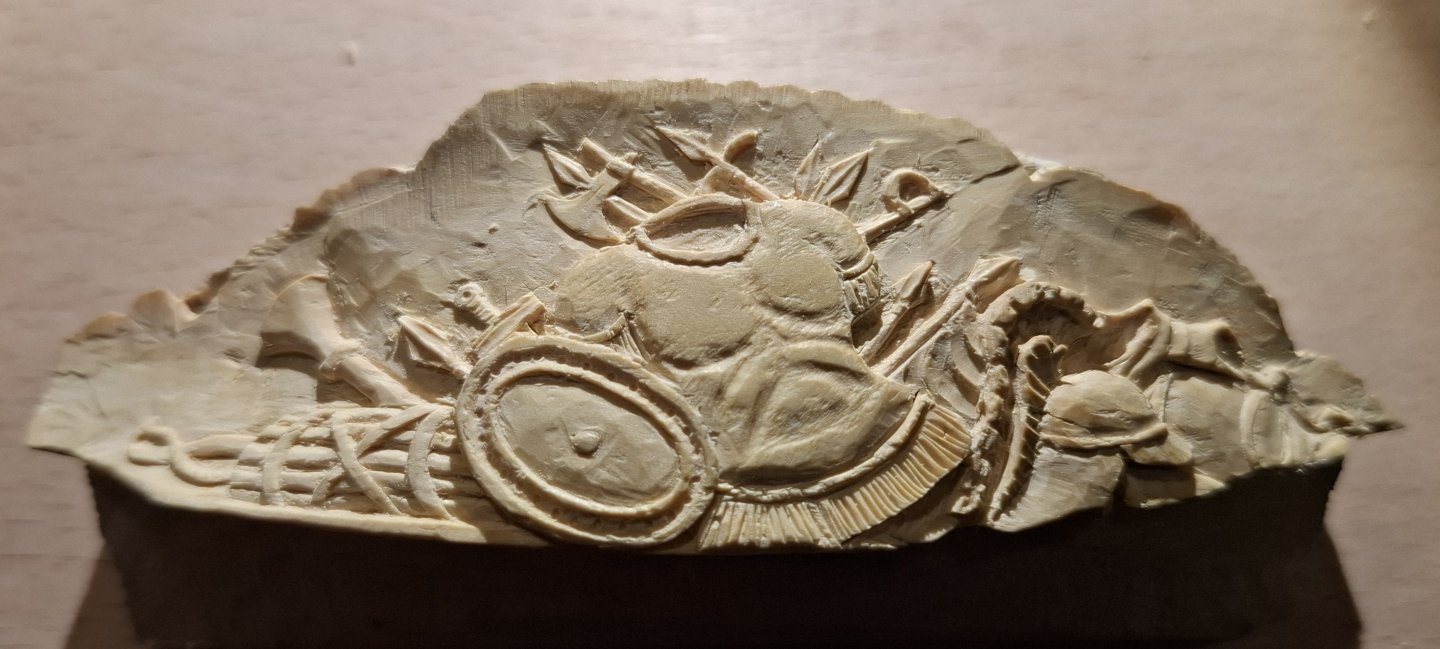
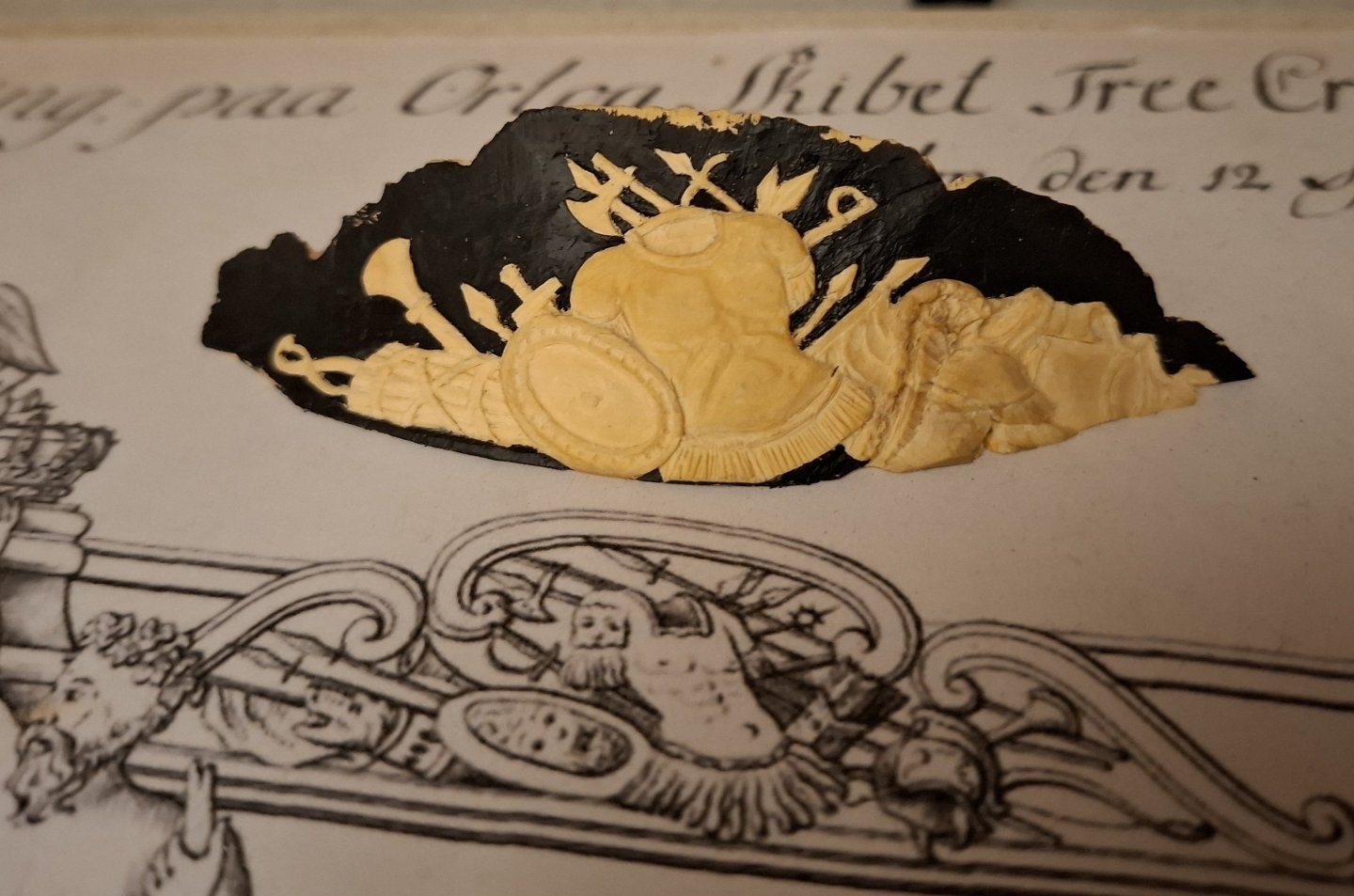

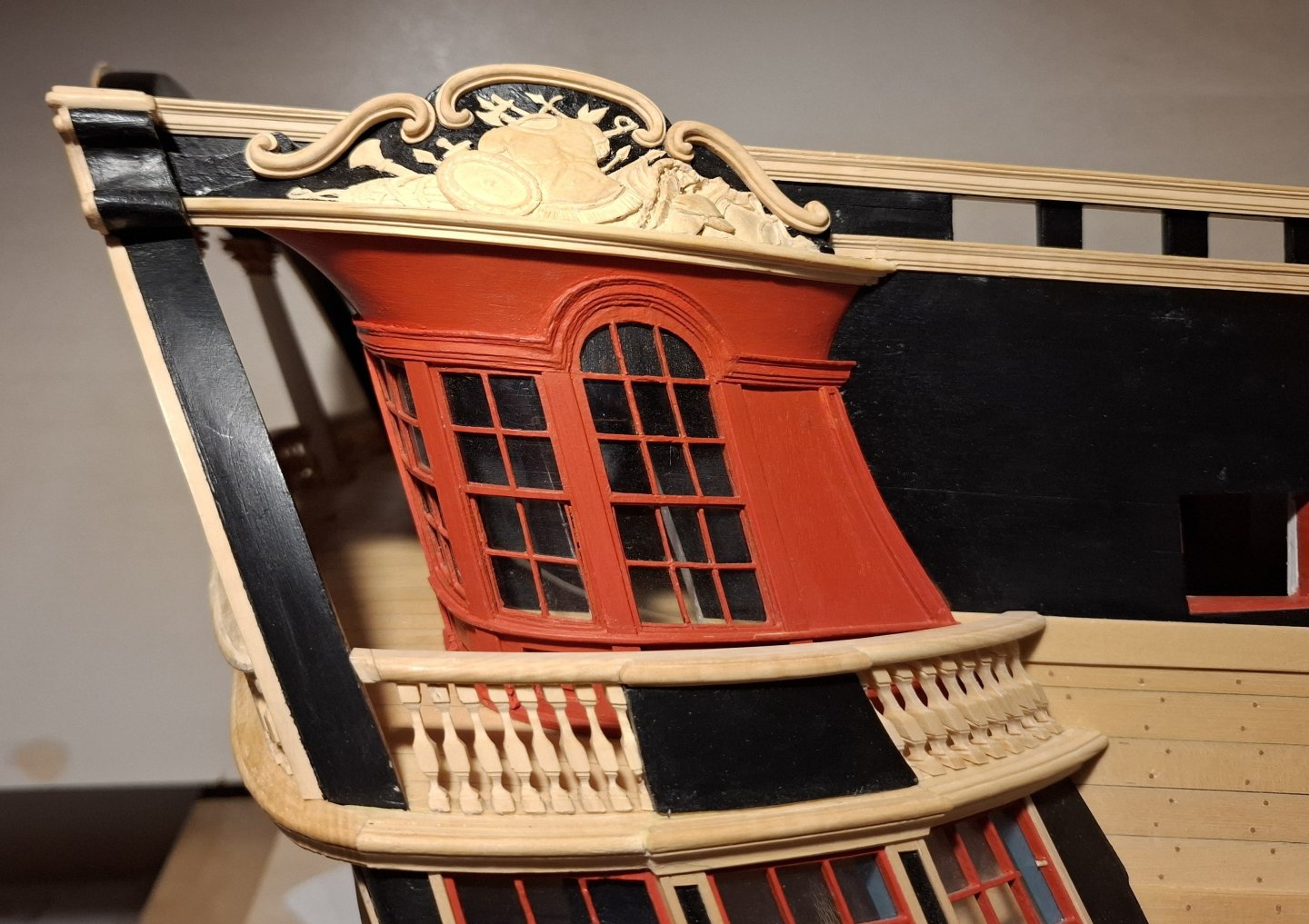
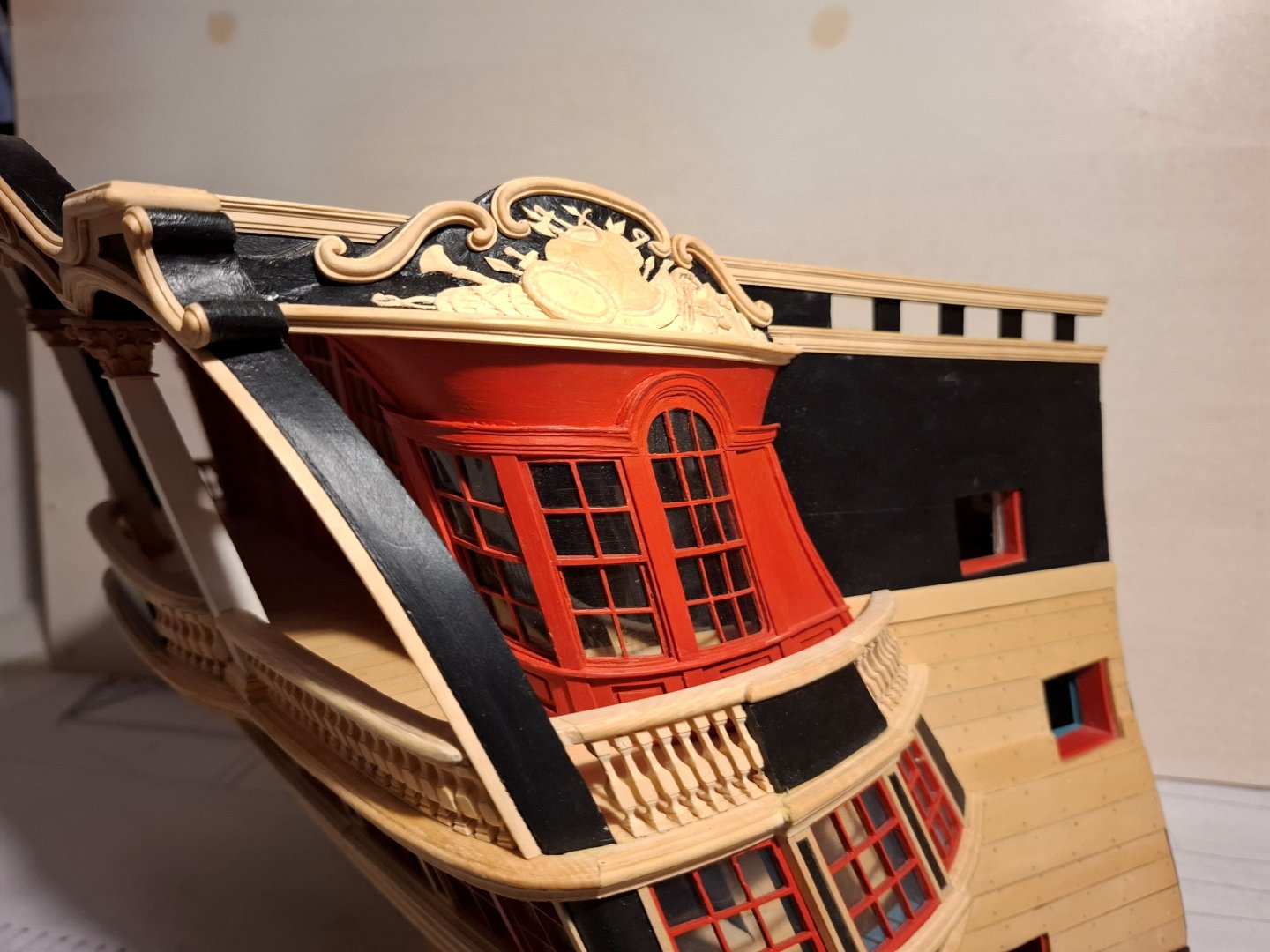
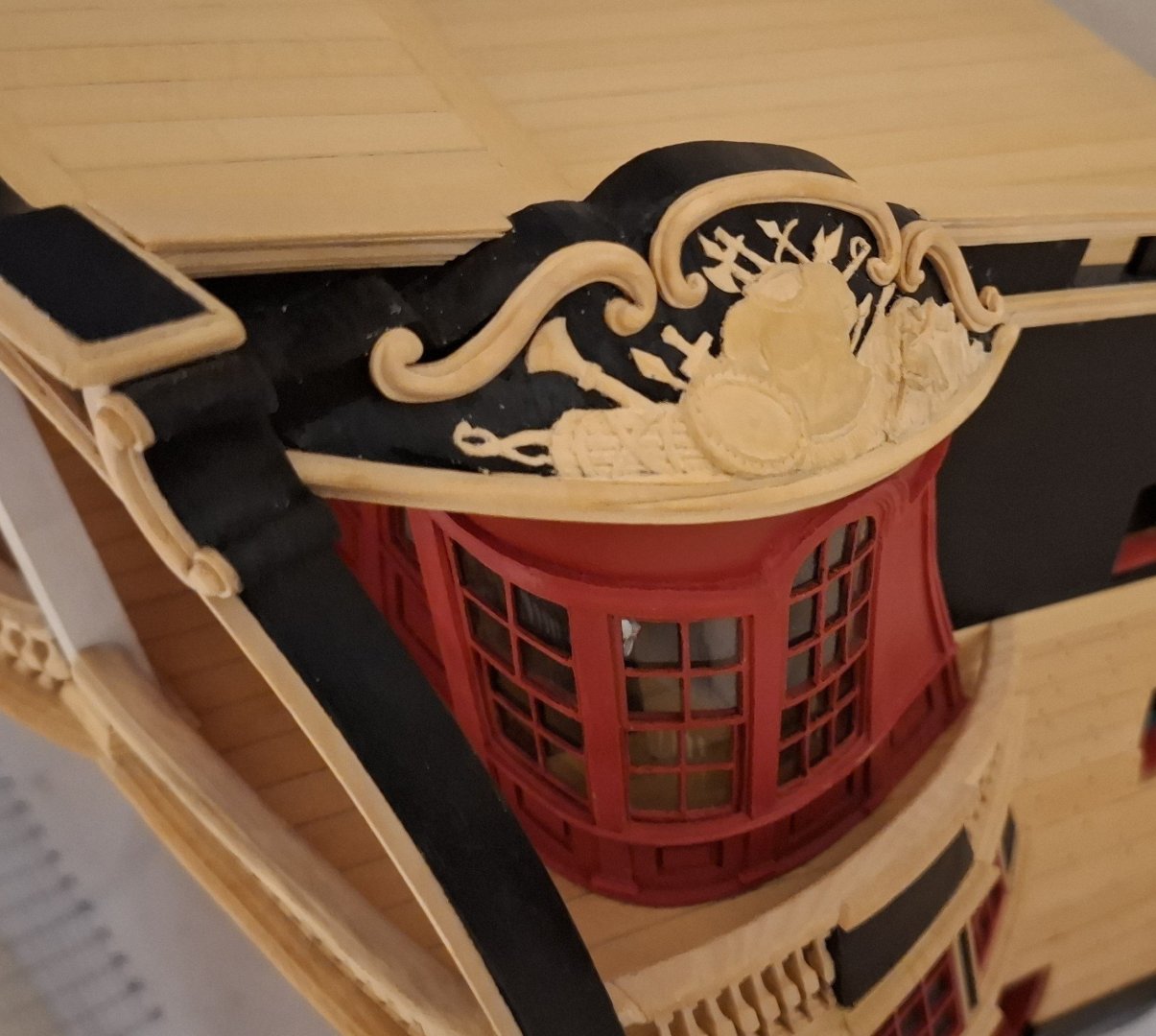

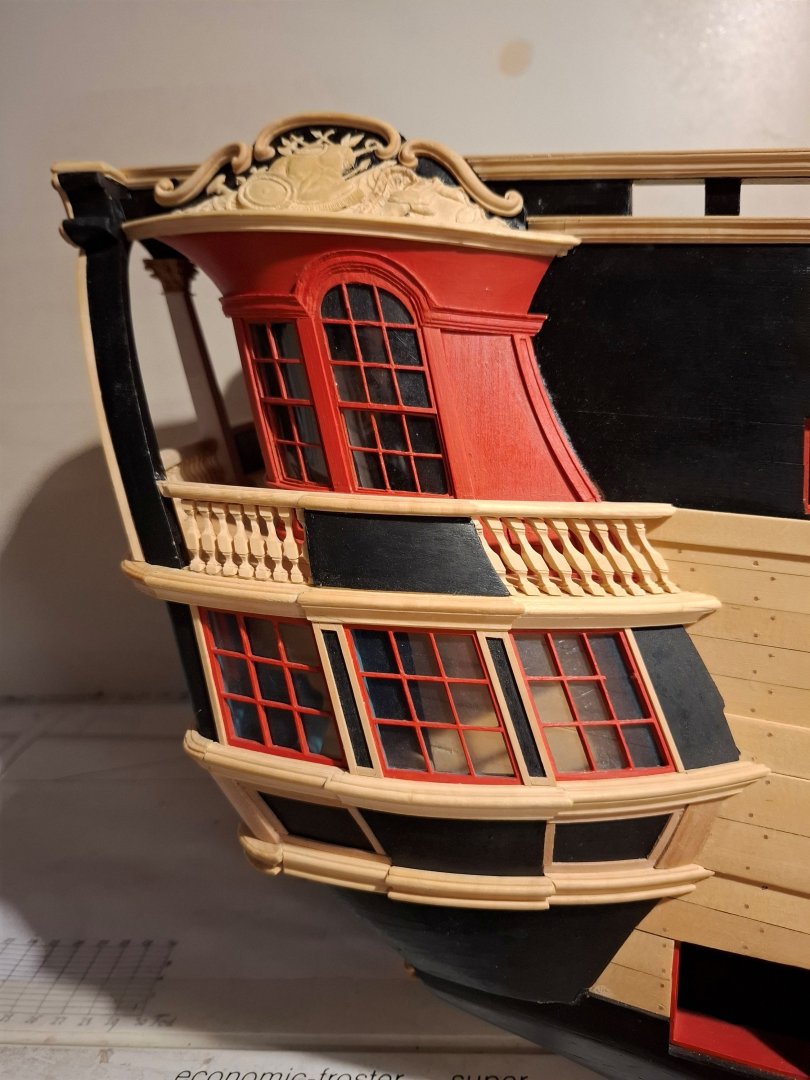



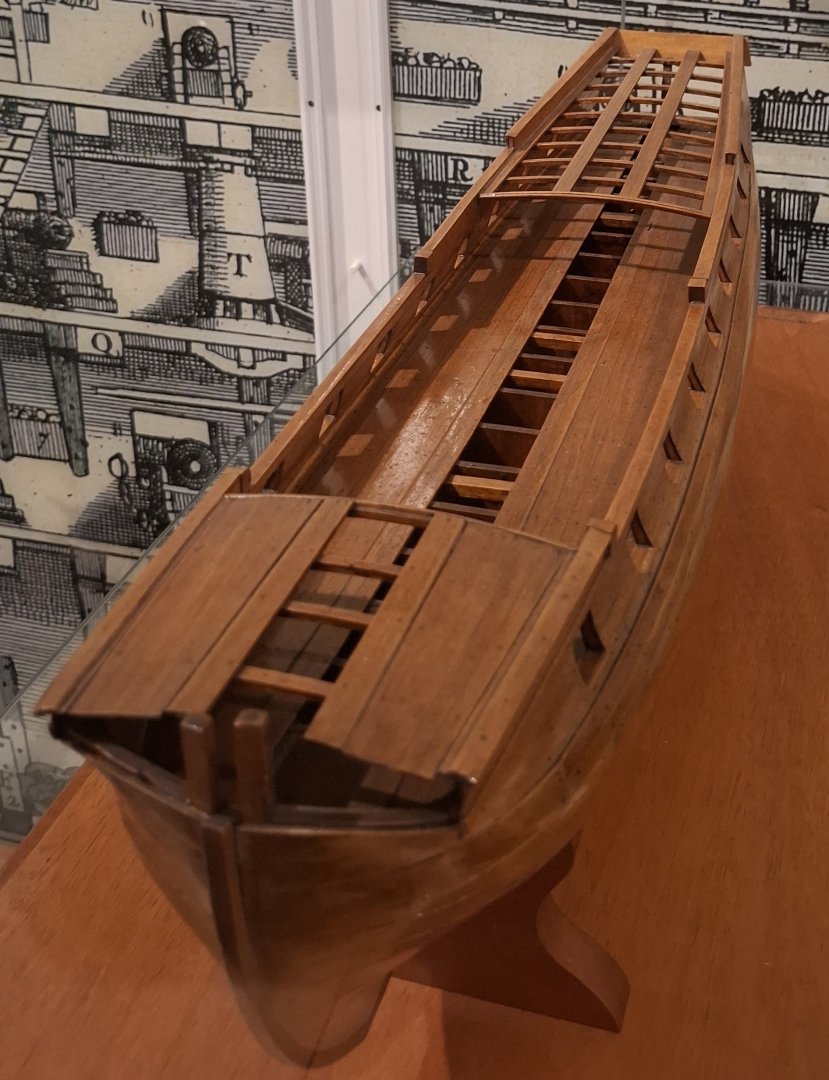

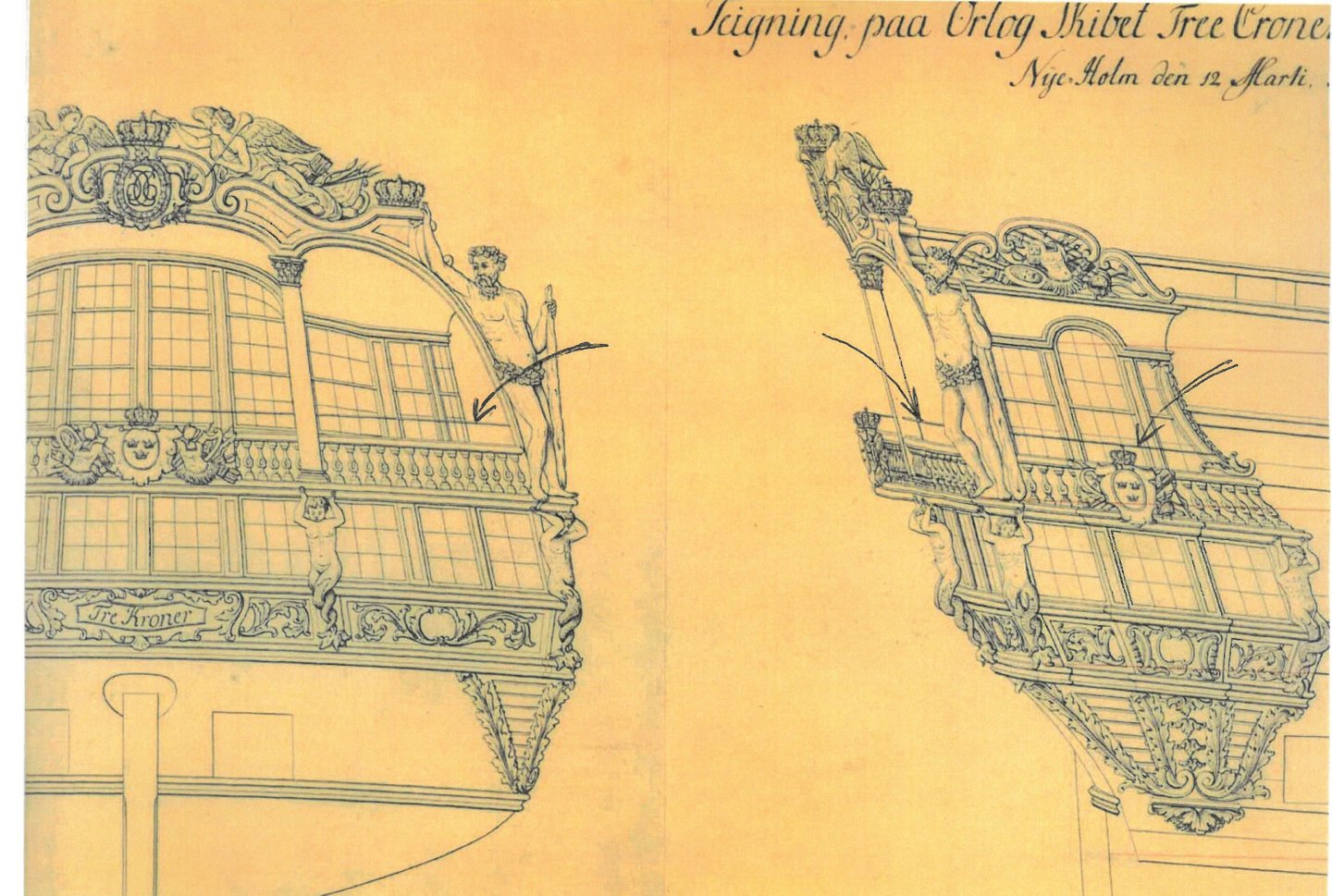
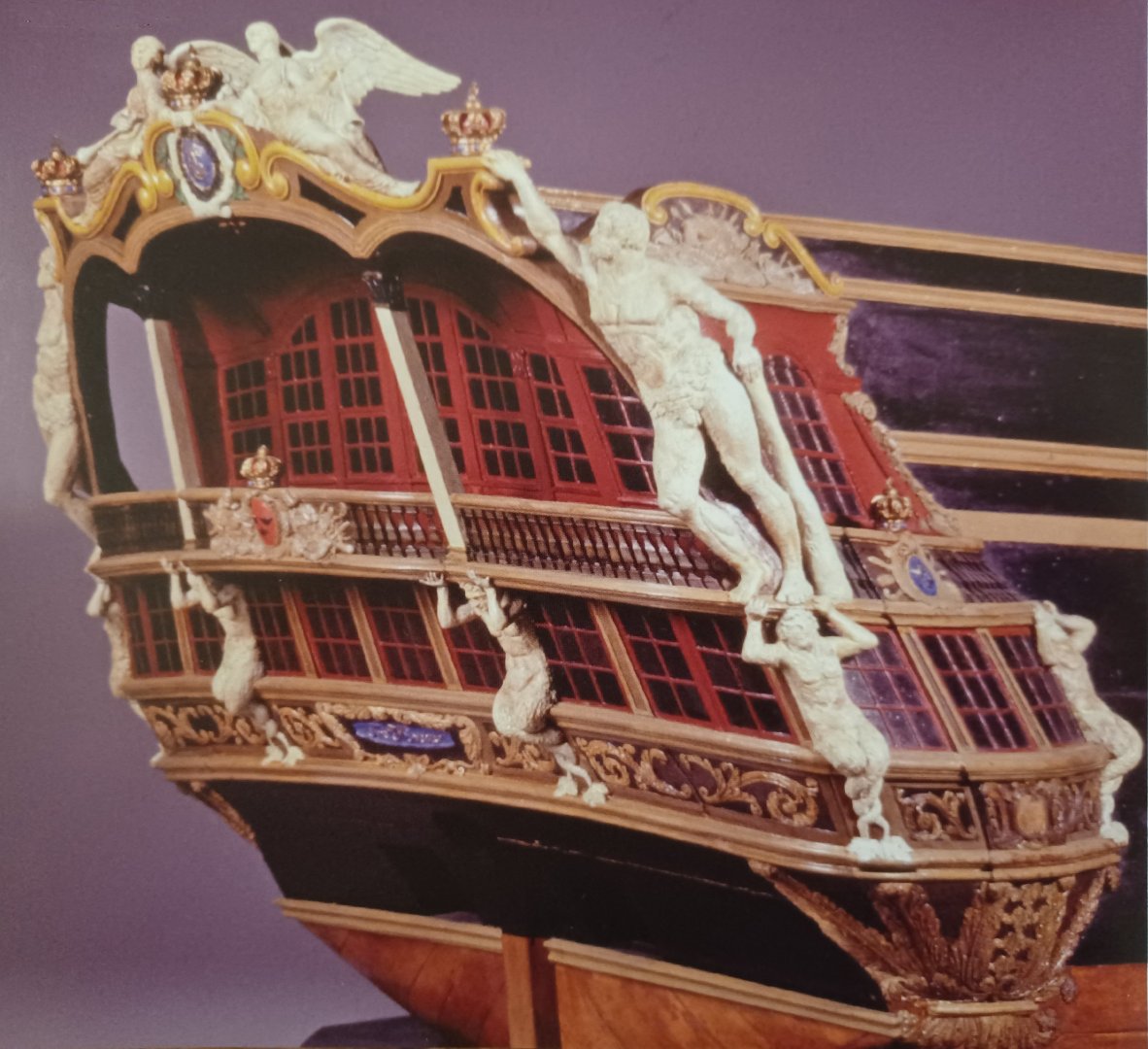

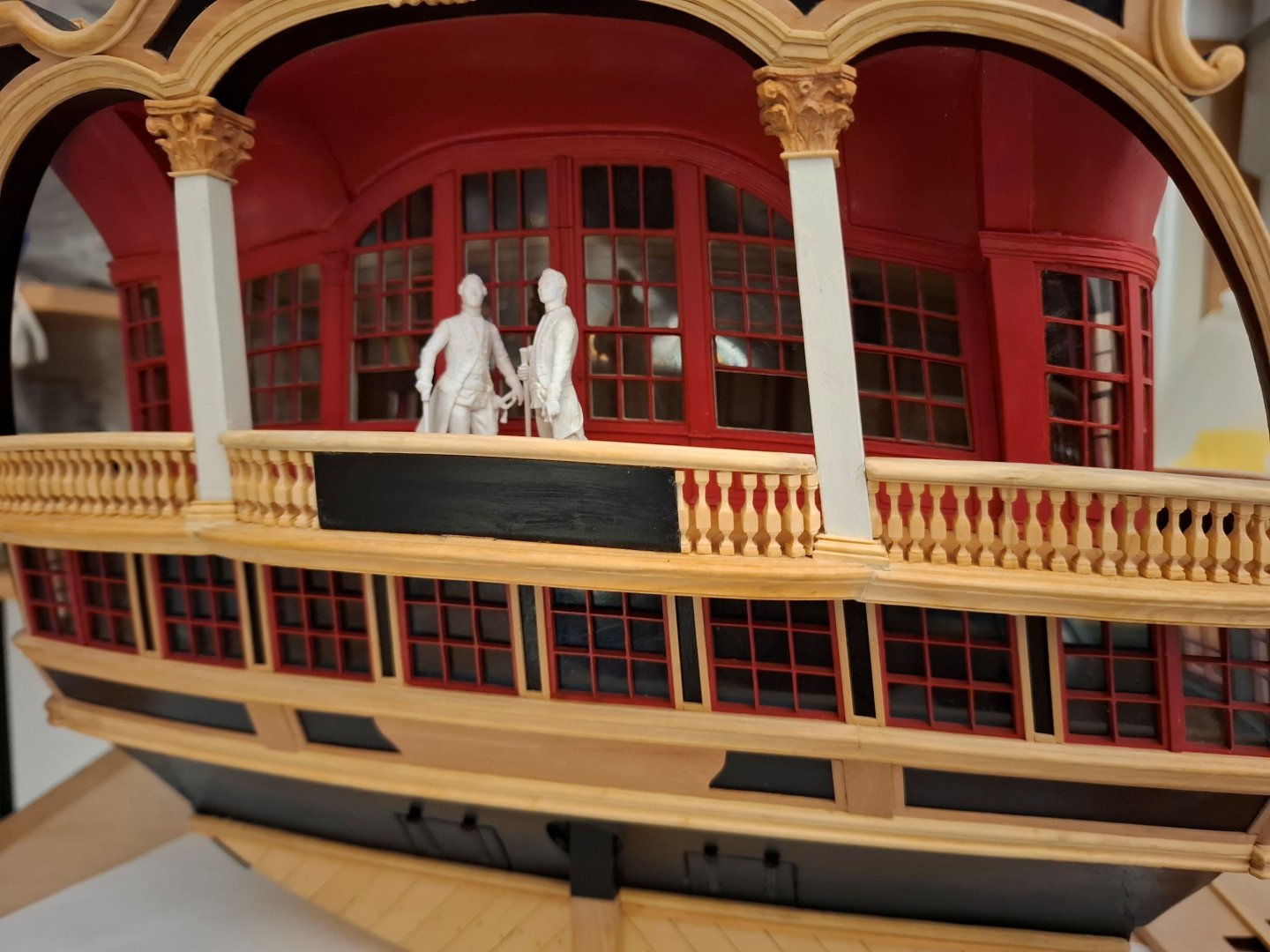

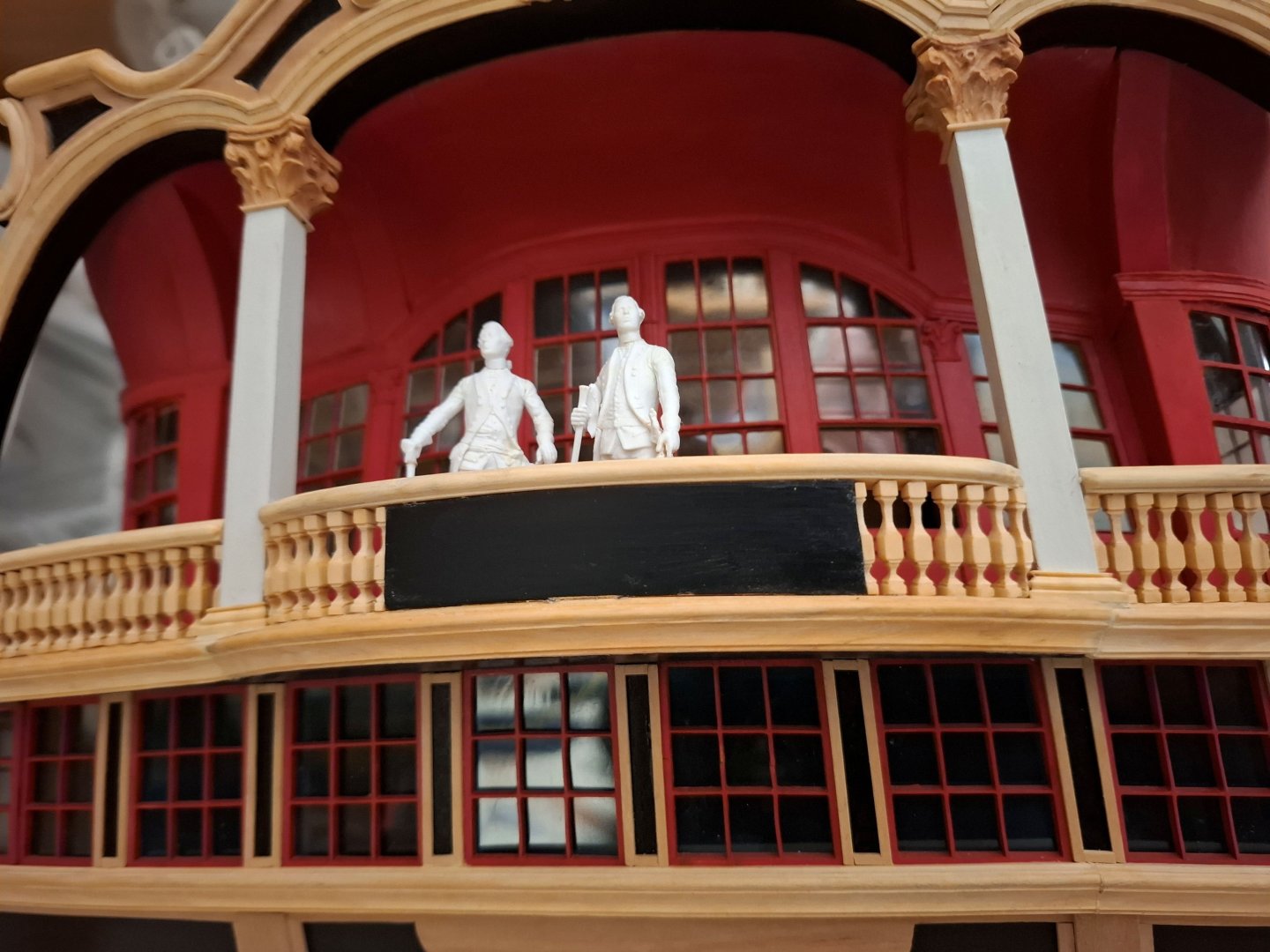
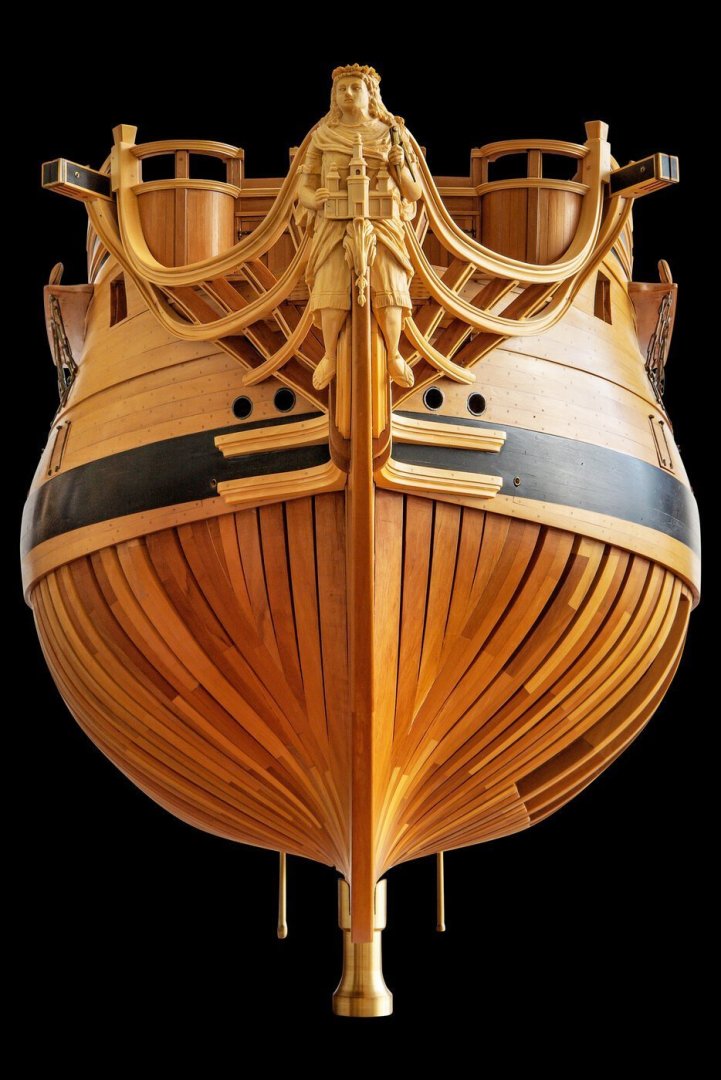

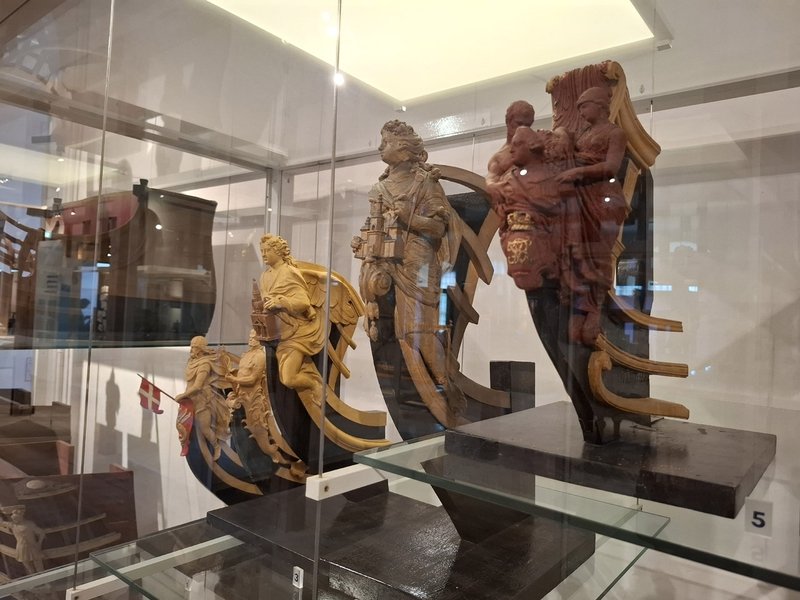
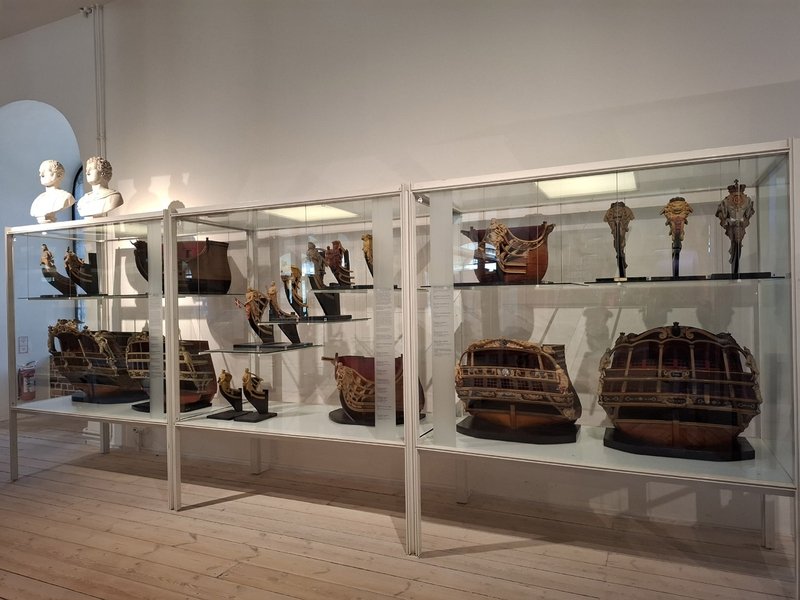
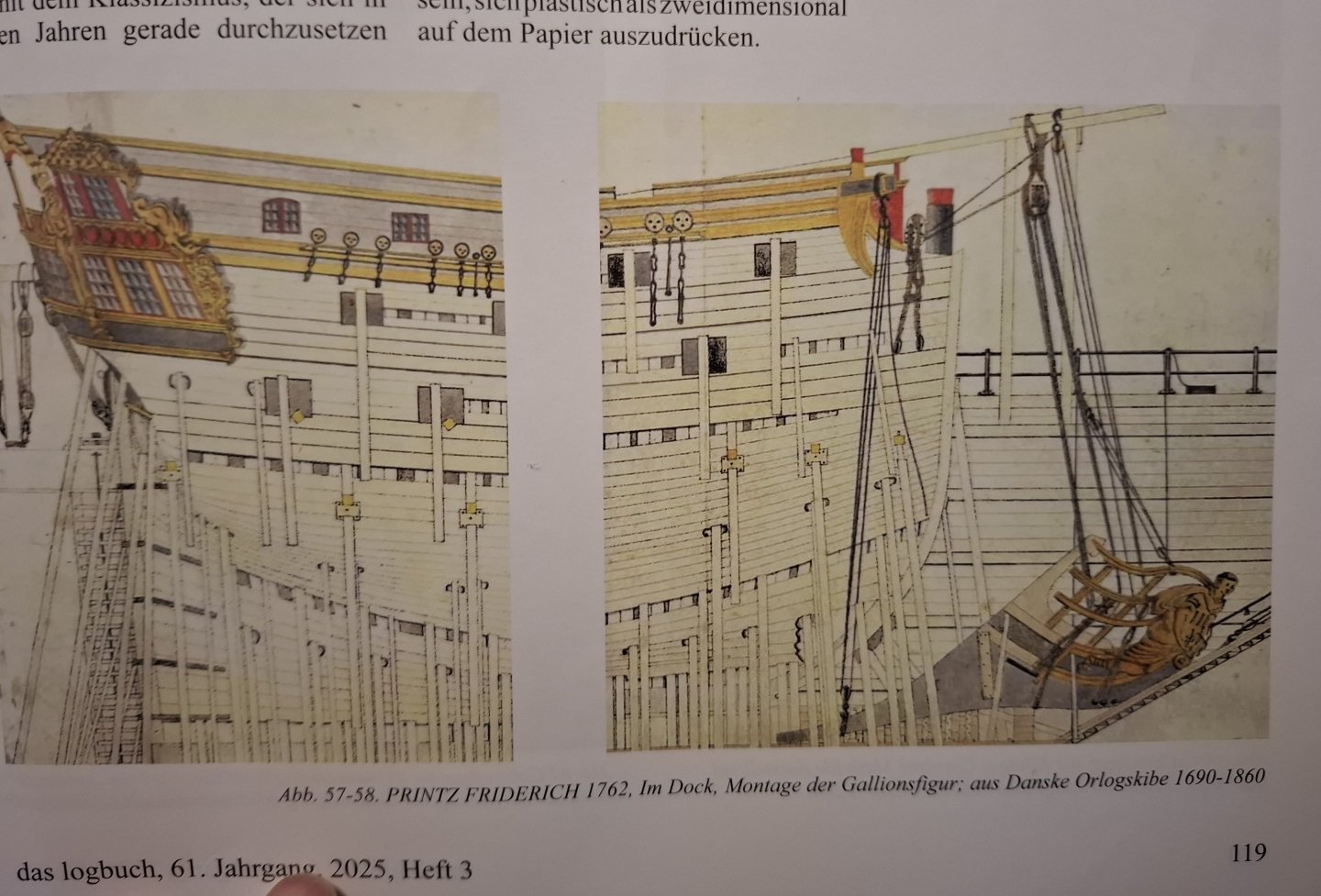
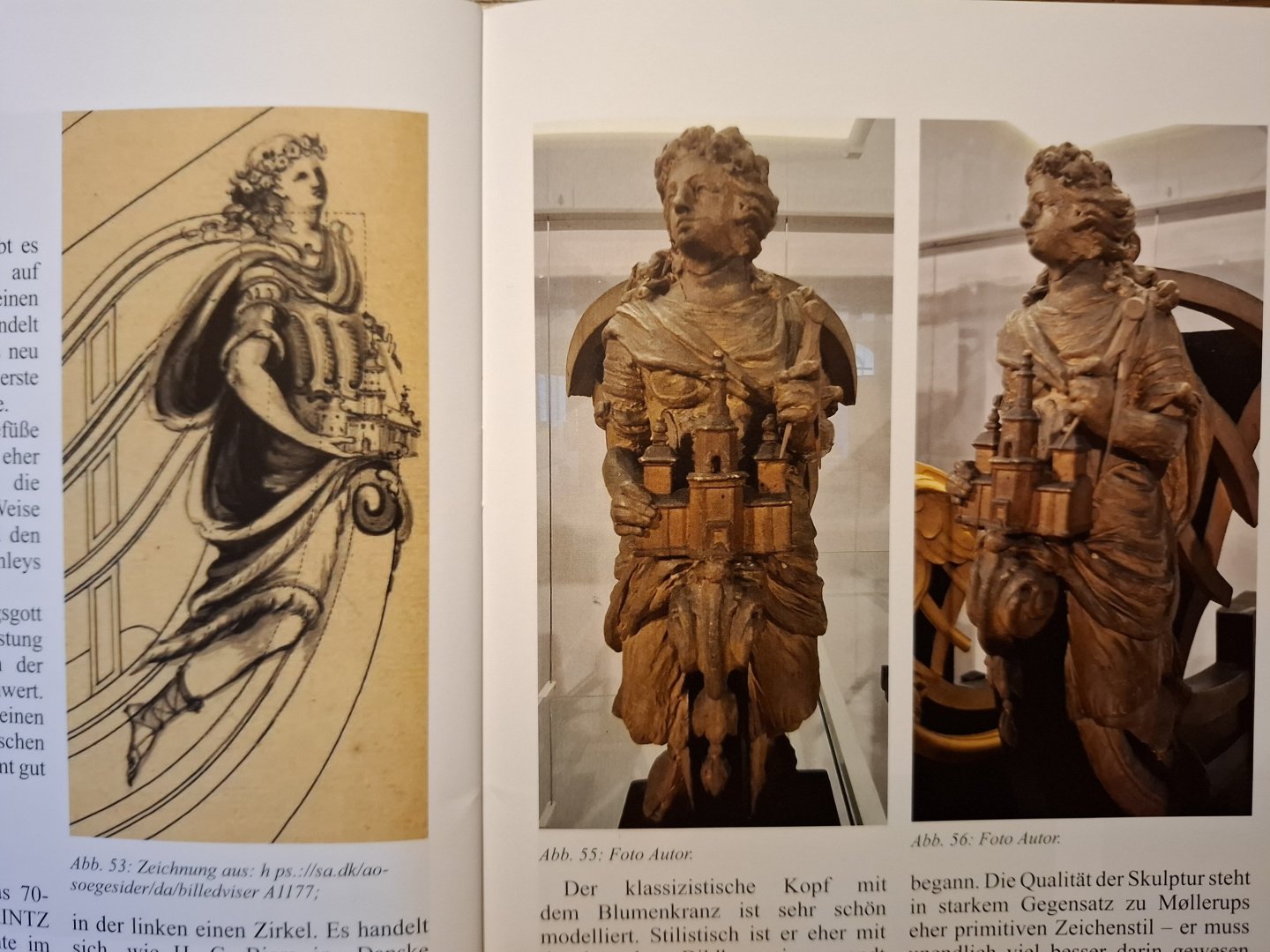
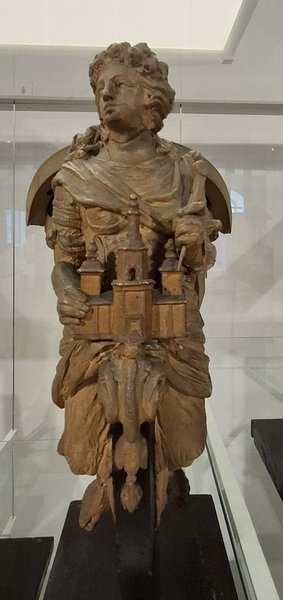
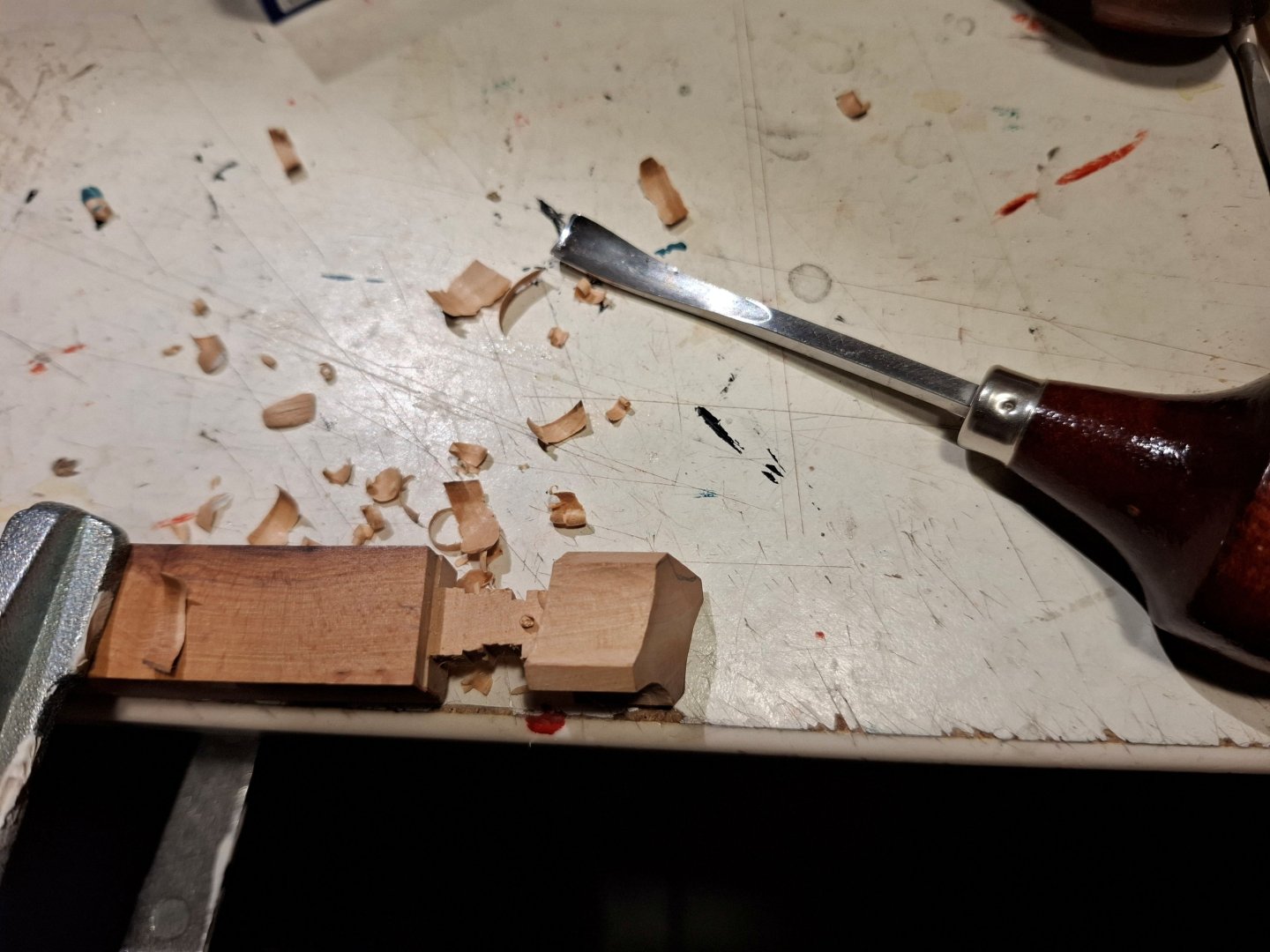
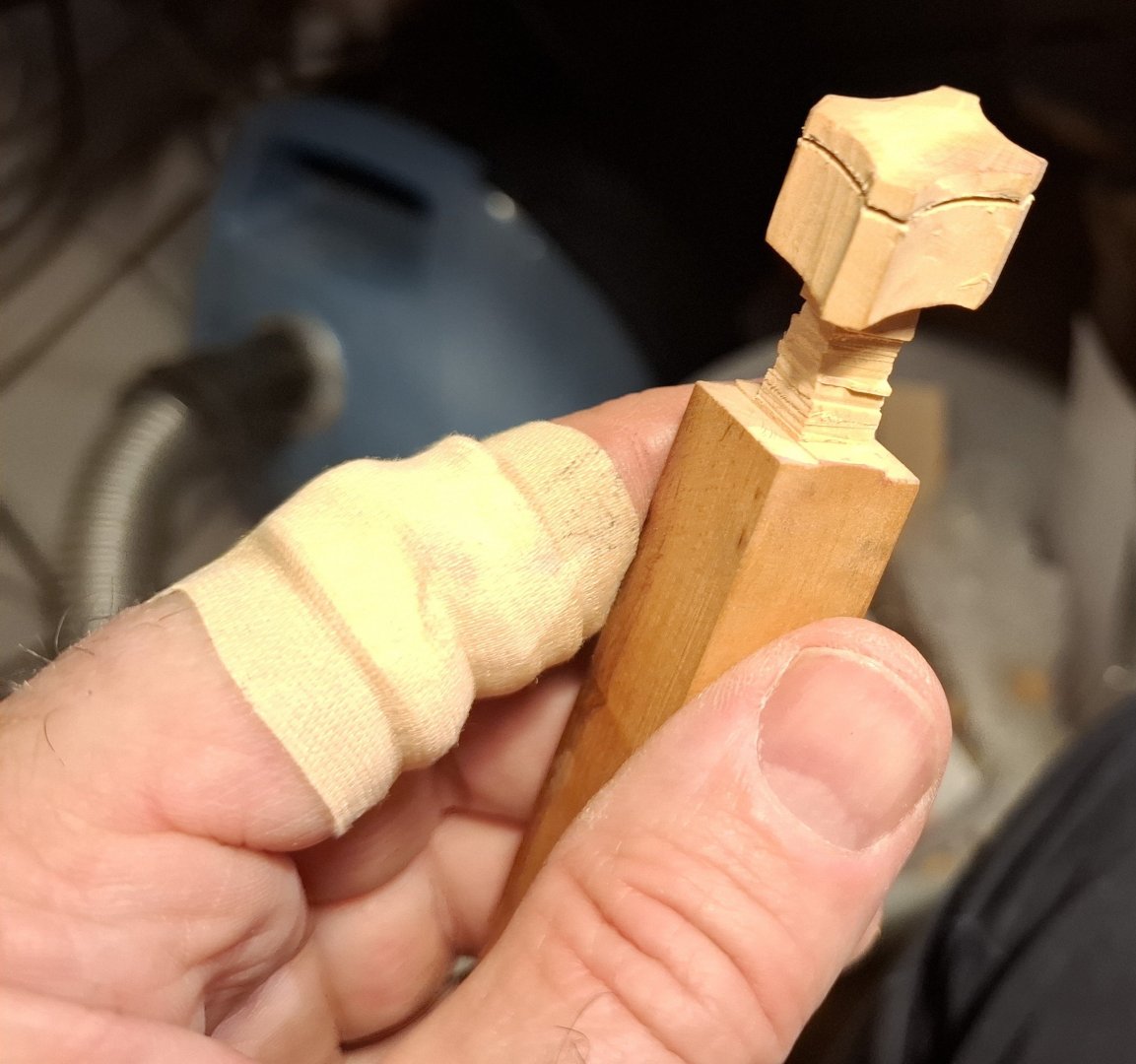
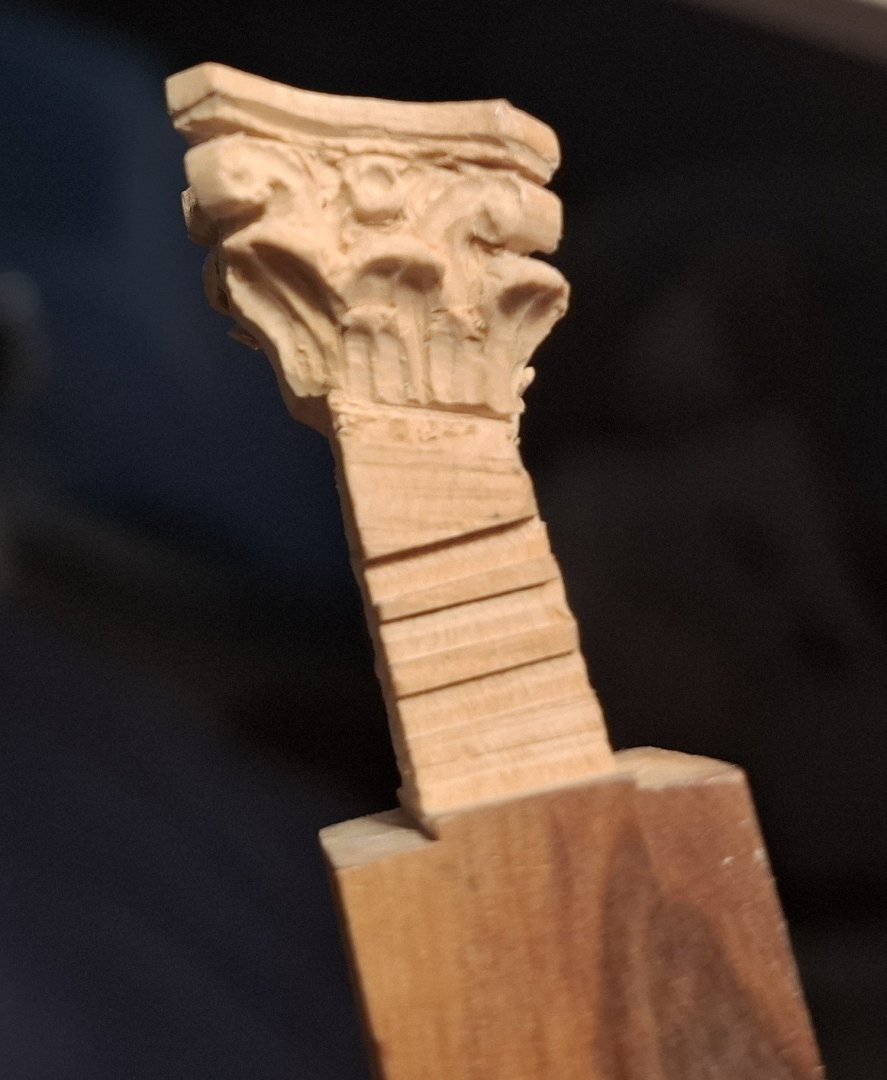
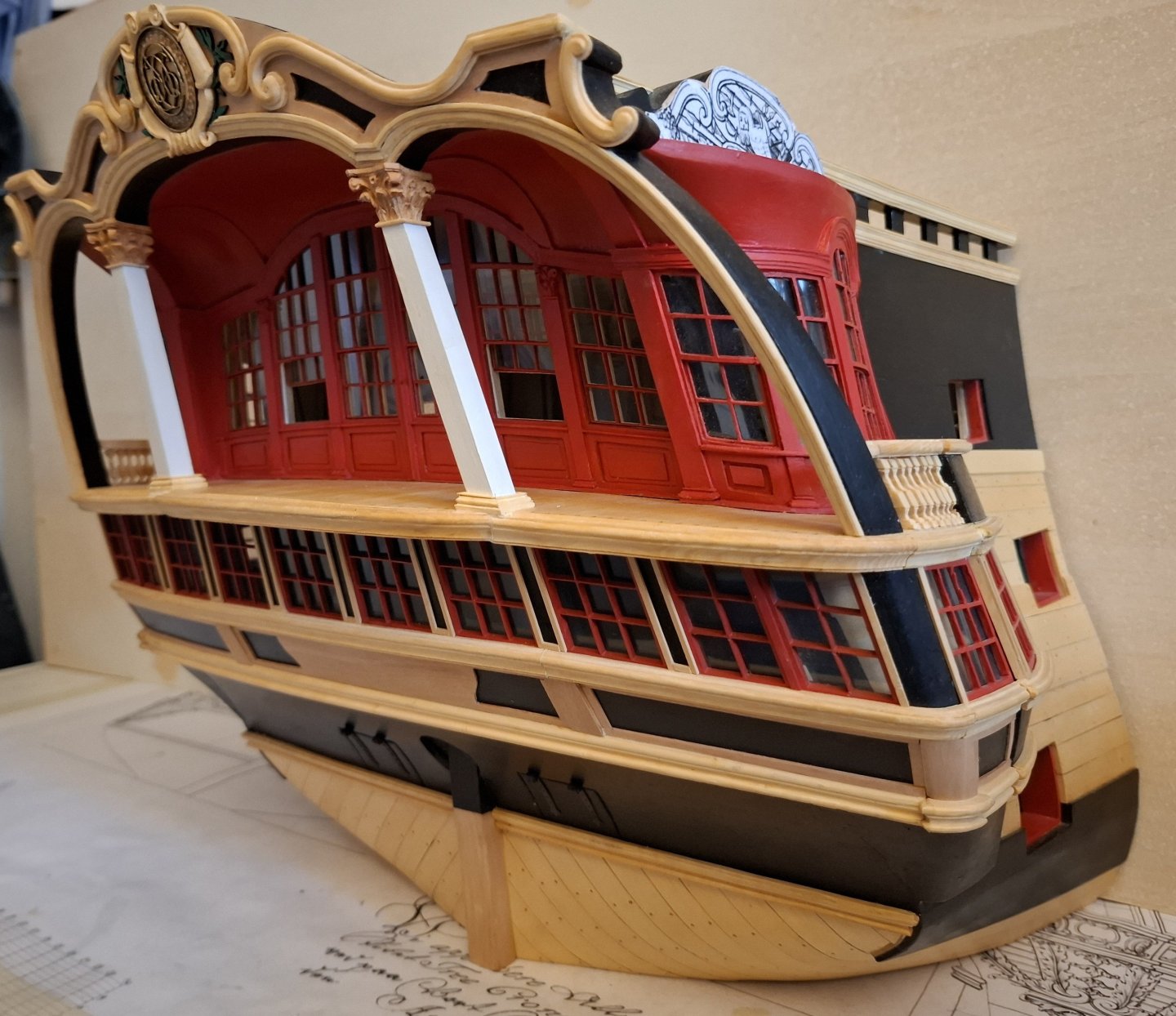
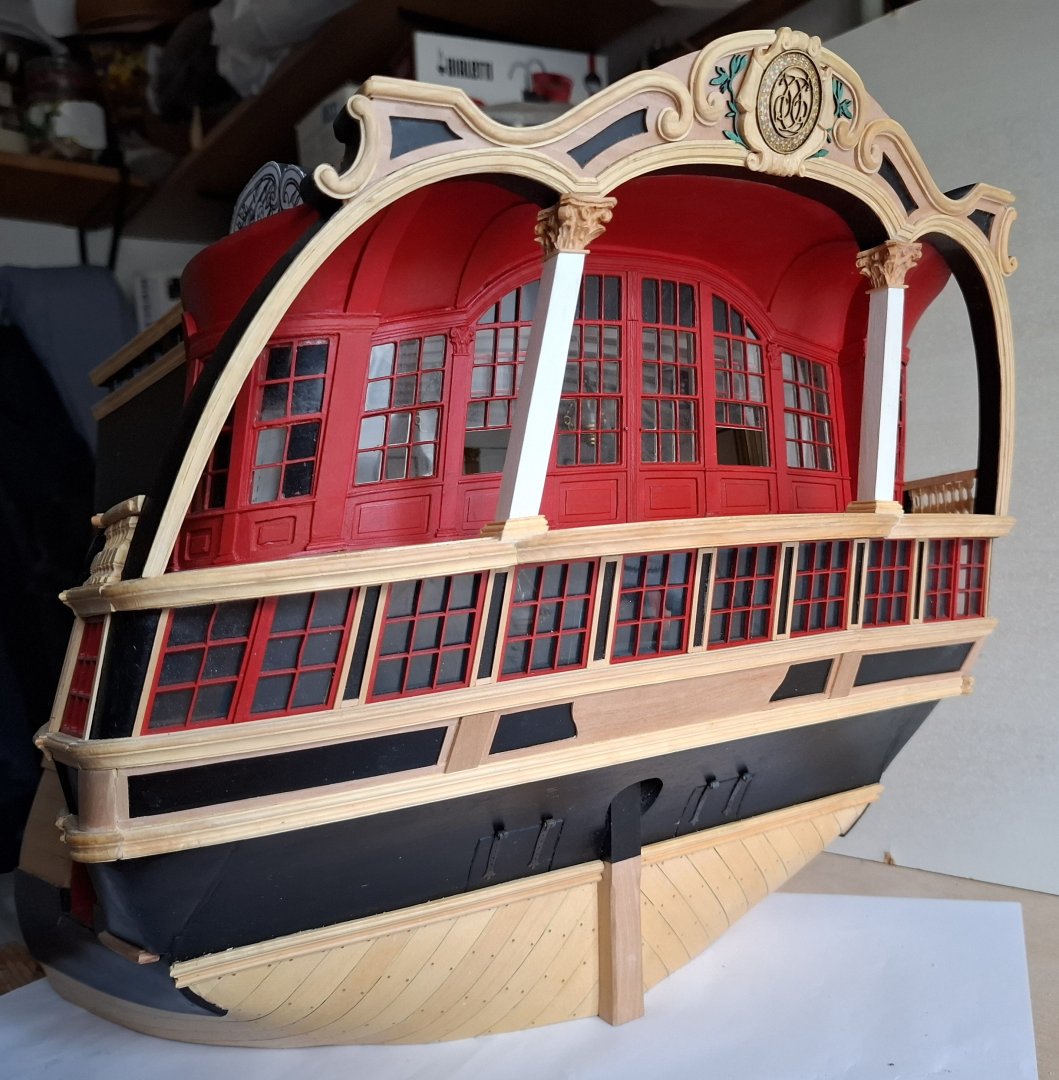
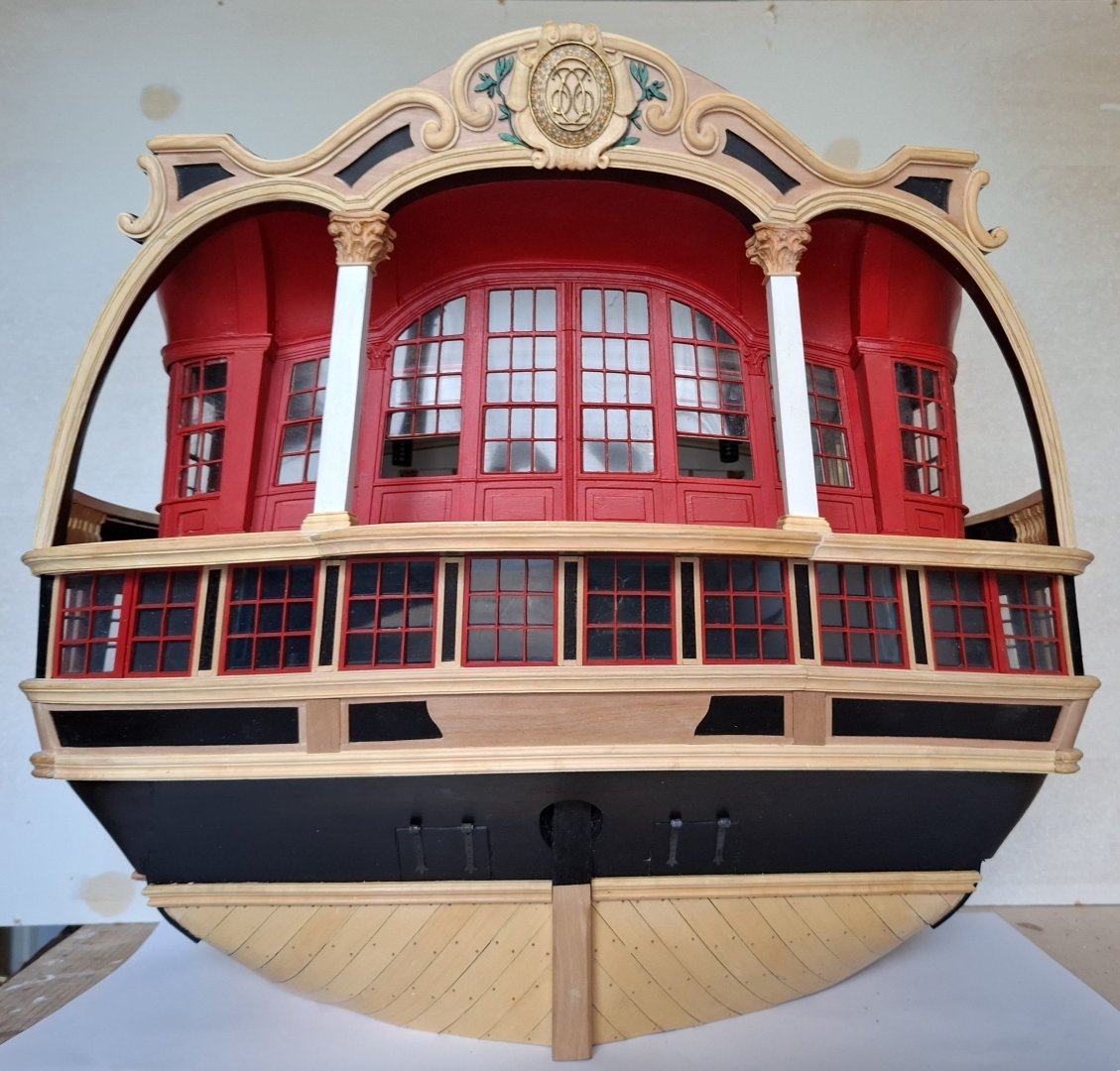
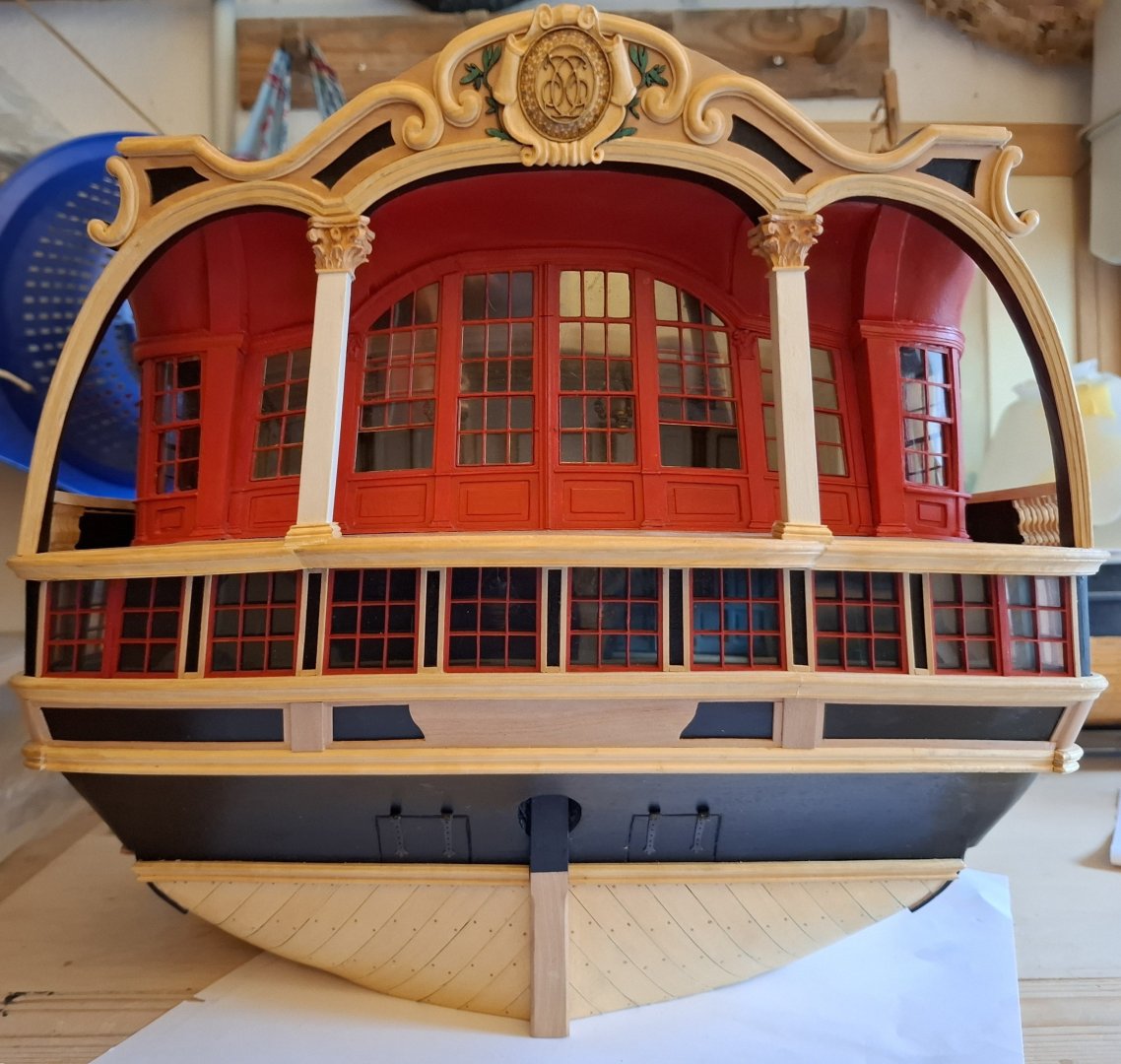
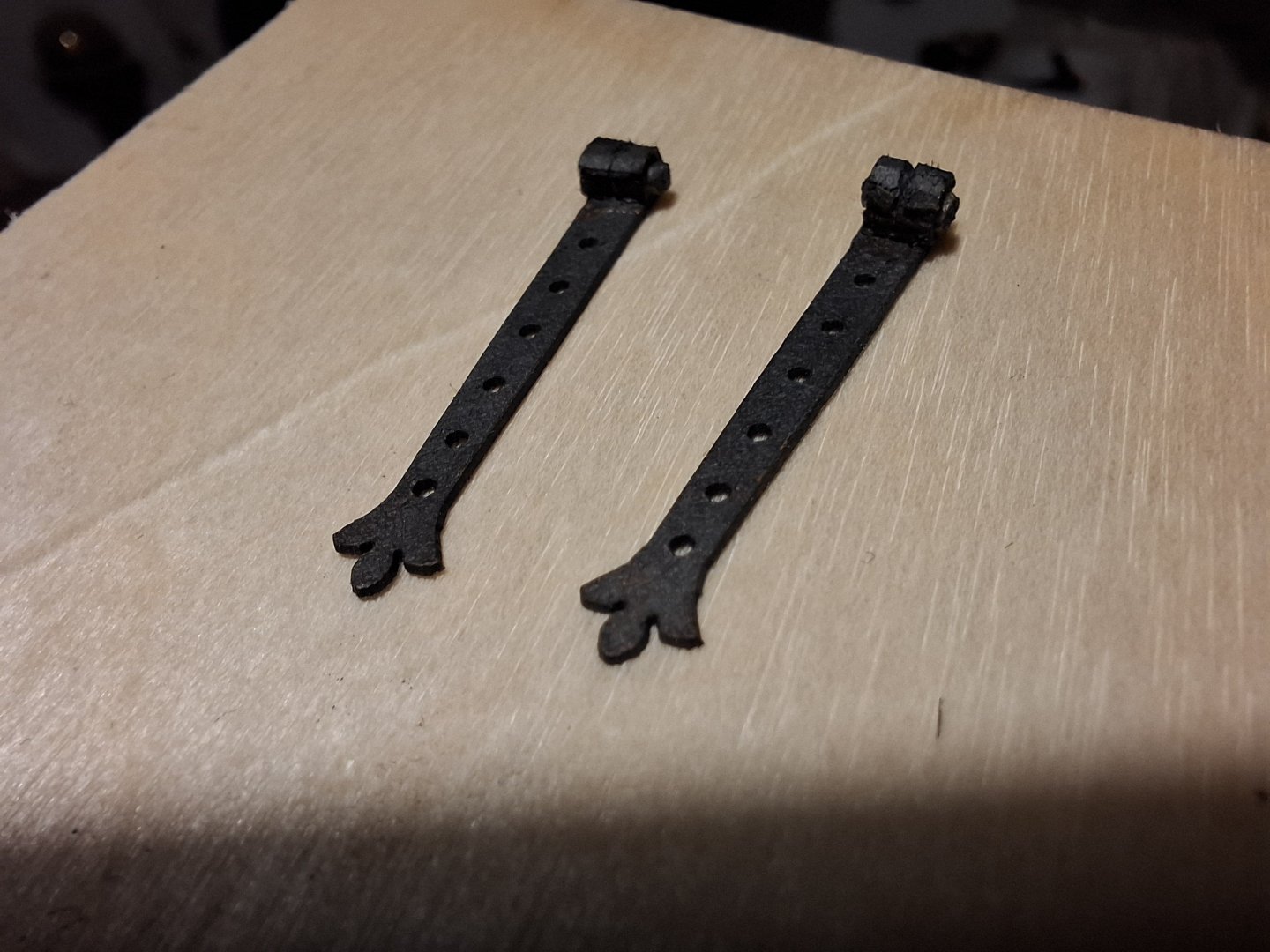
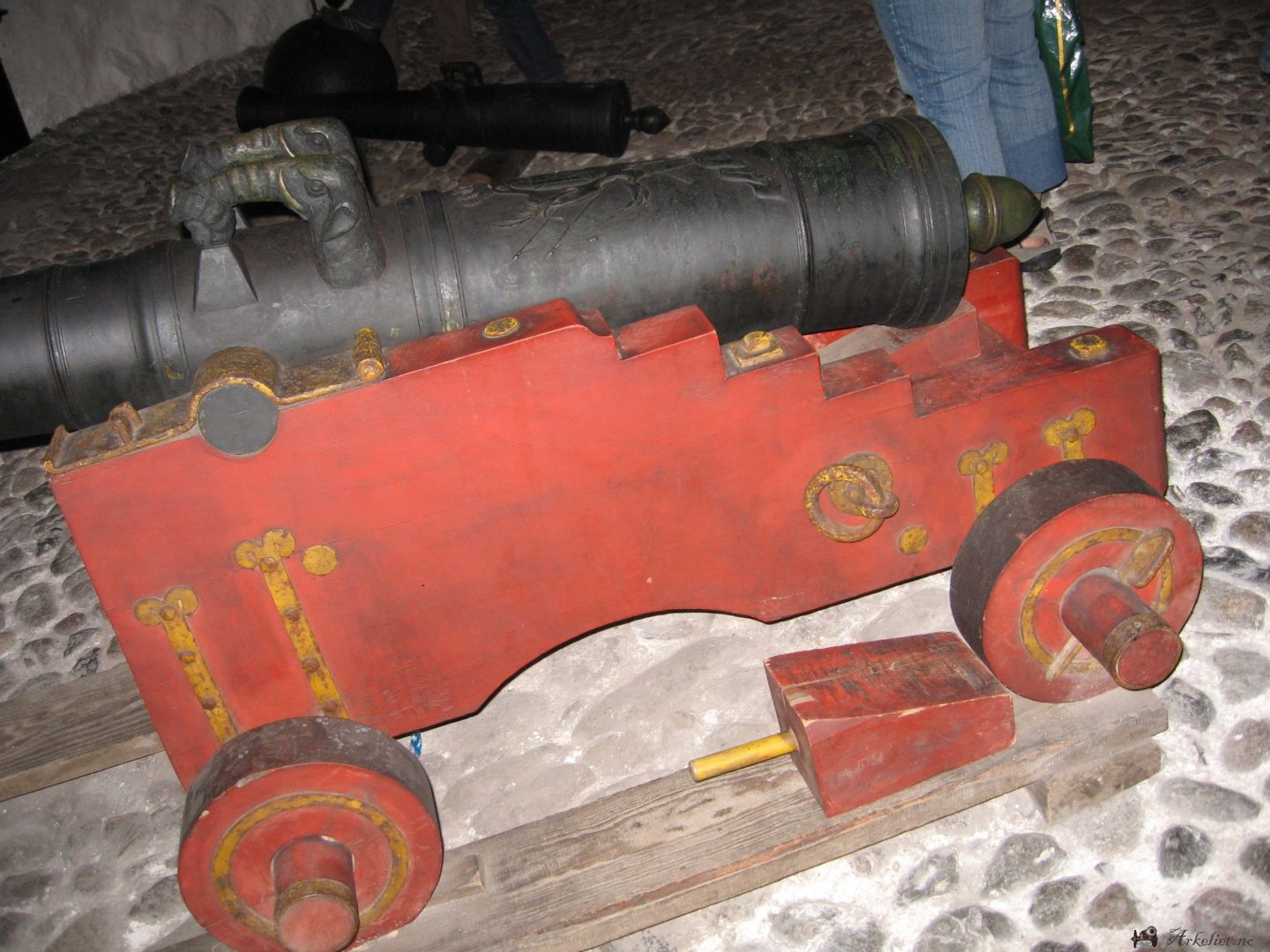
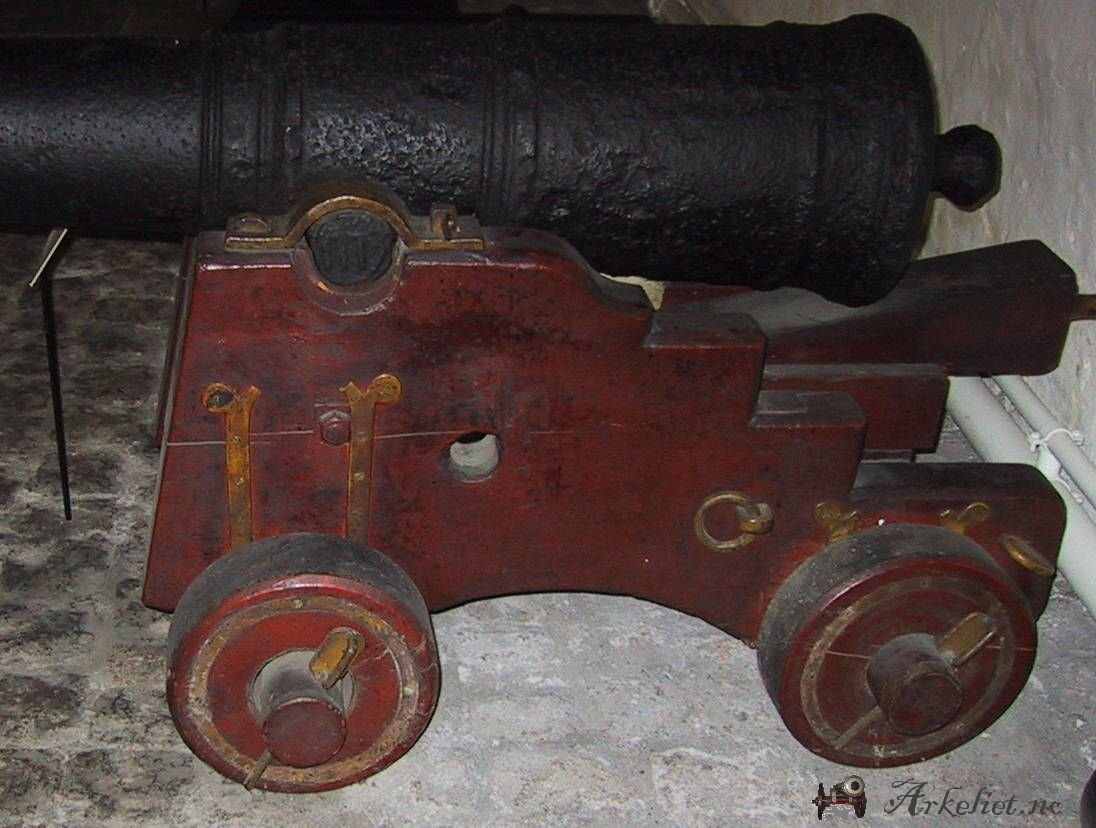
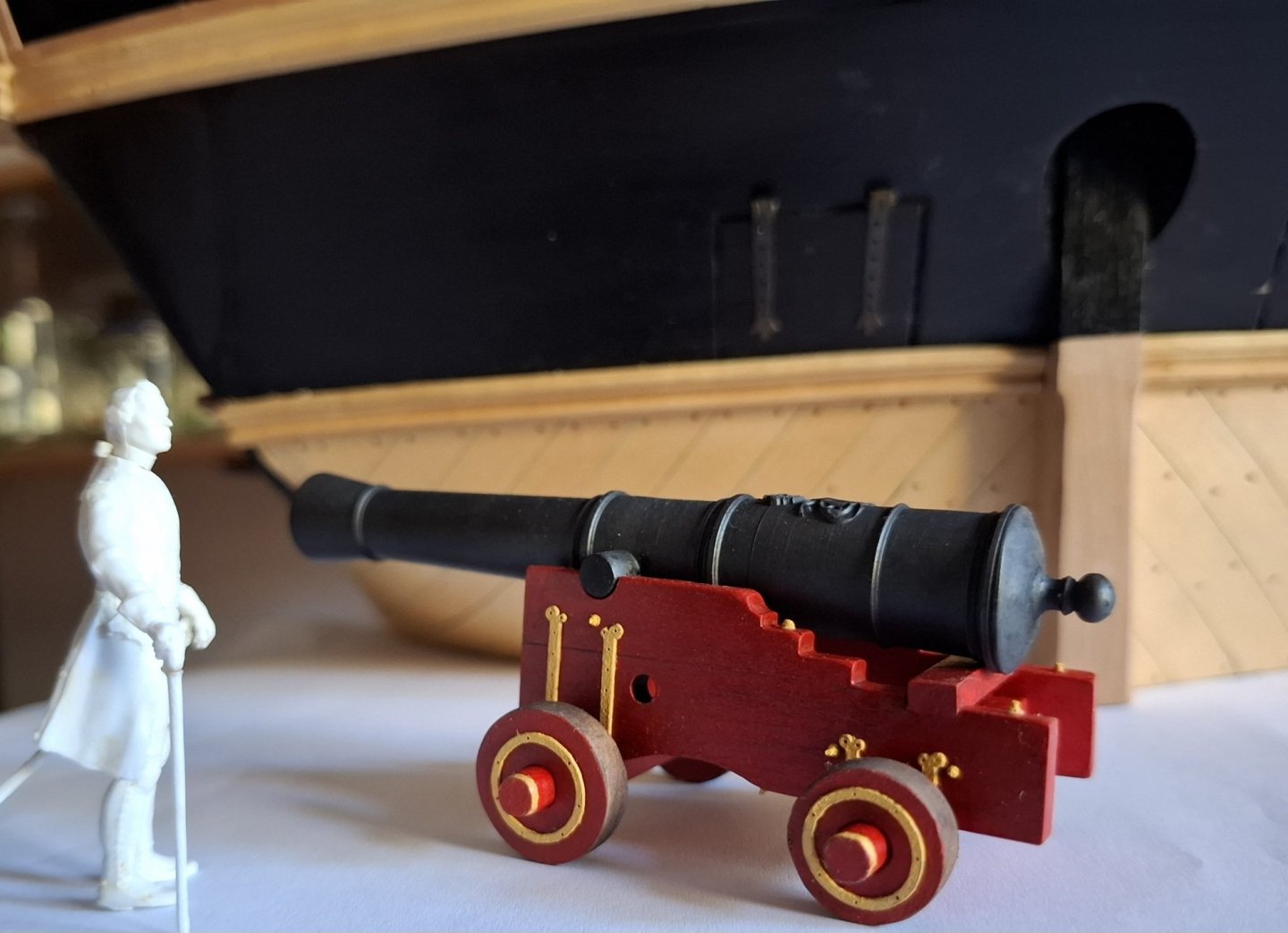
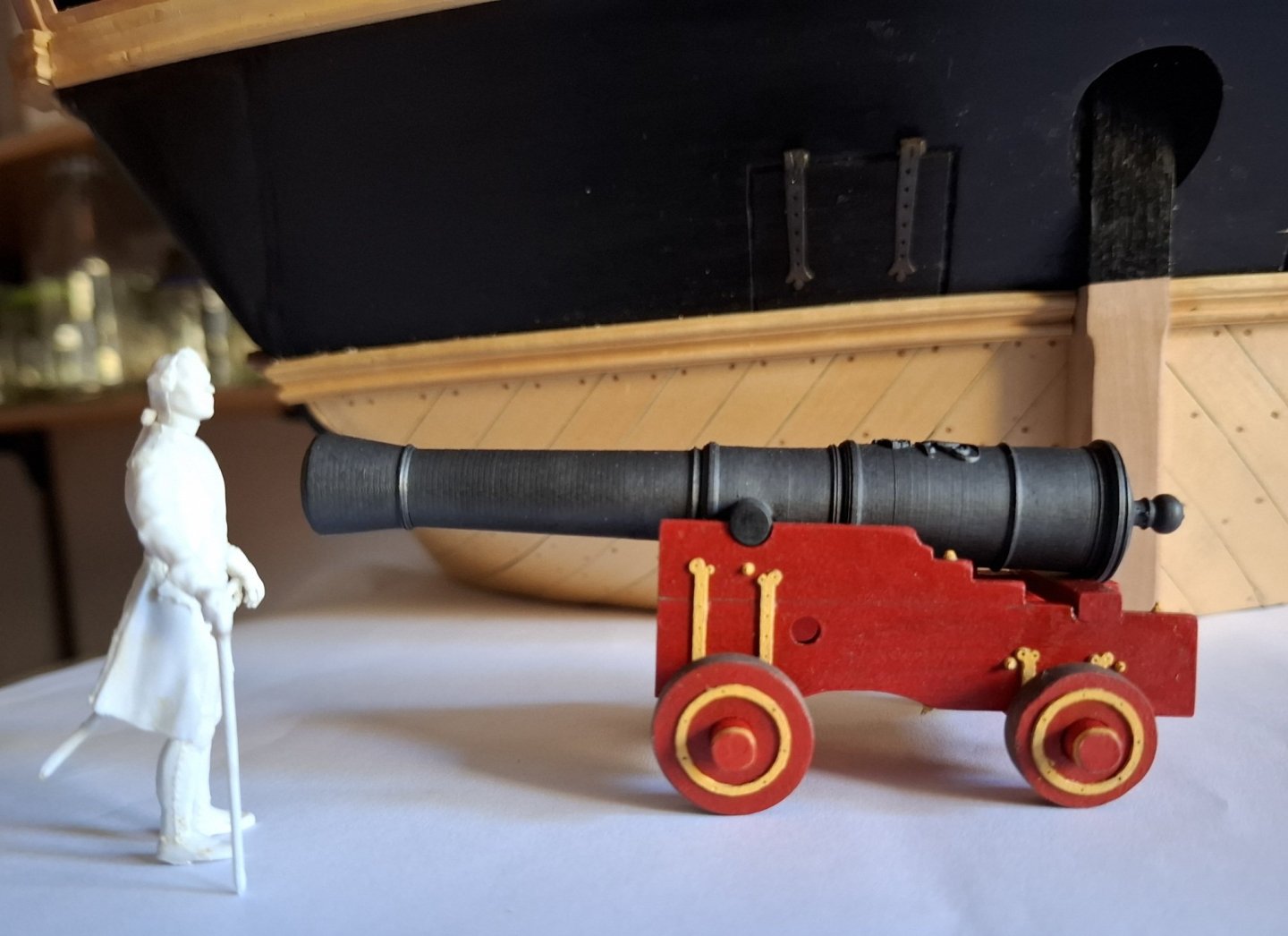
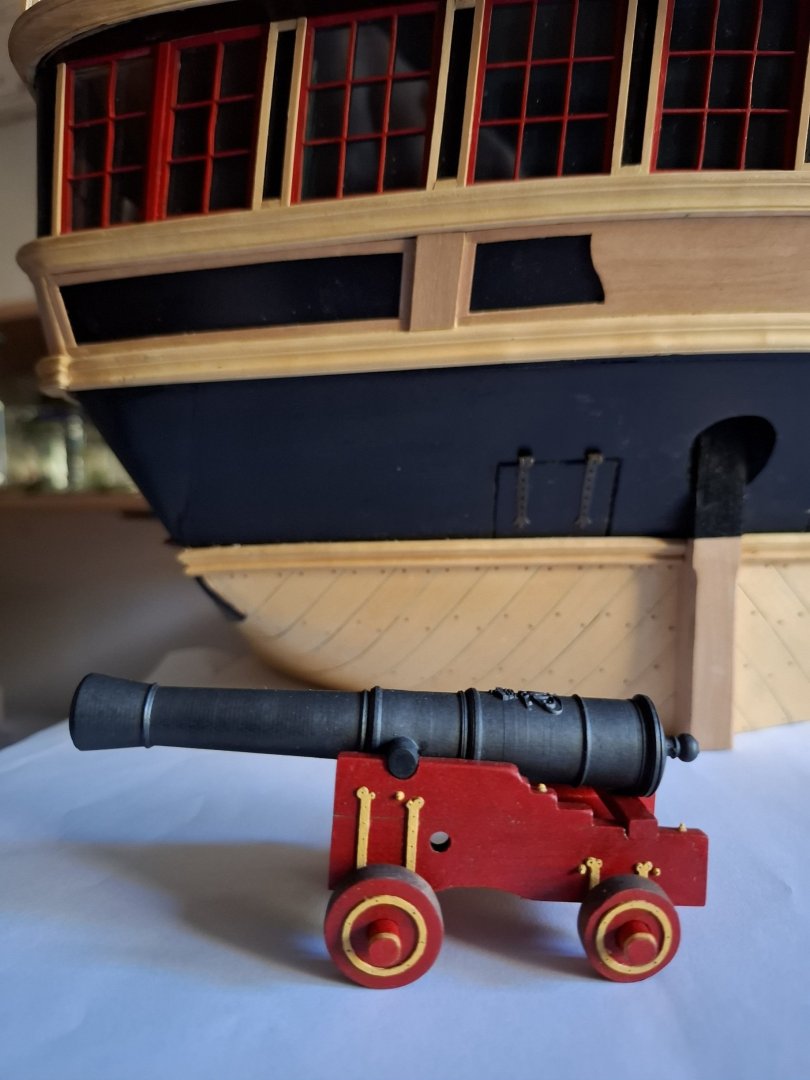
.thumb.jpg.e0242a2ef0a6fb145d27c1cd1ff65031.jpg)
